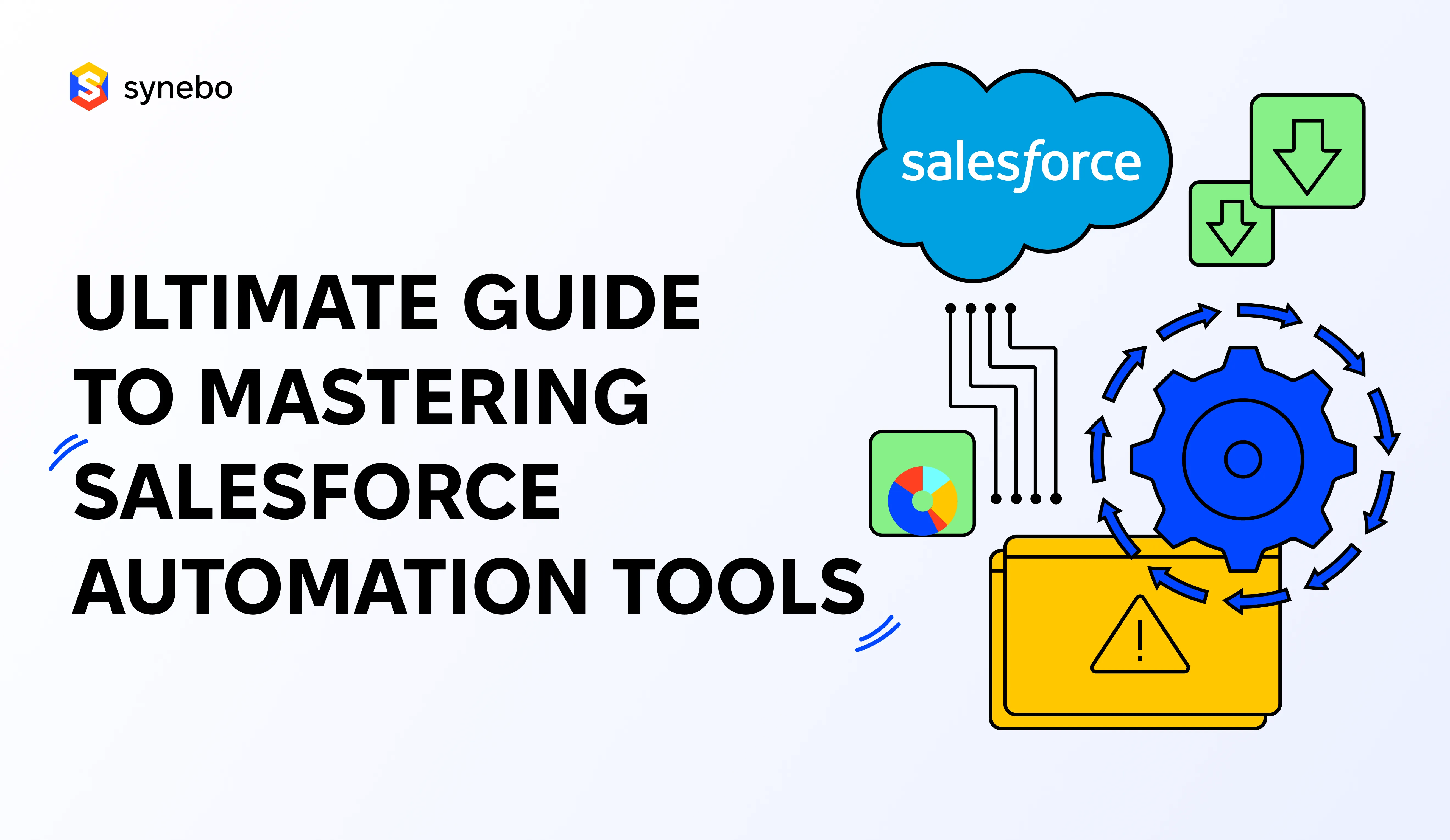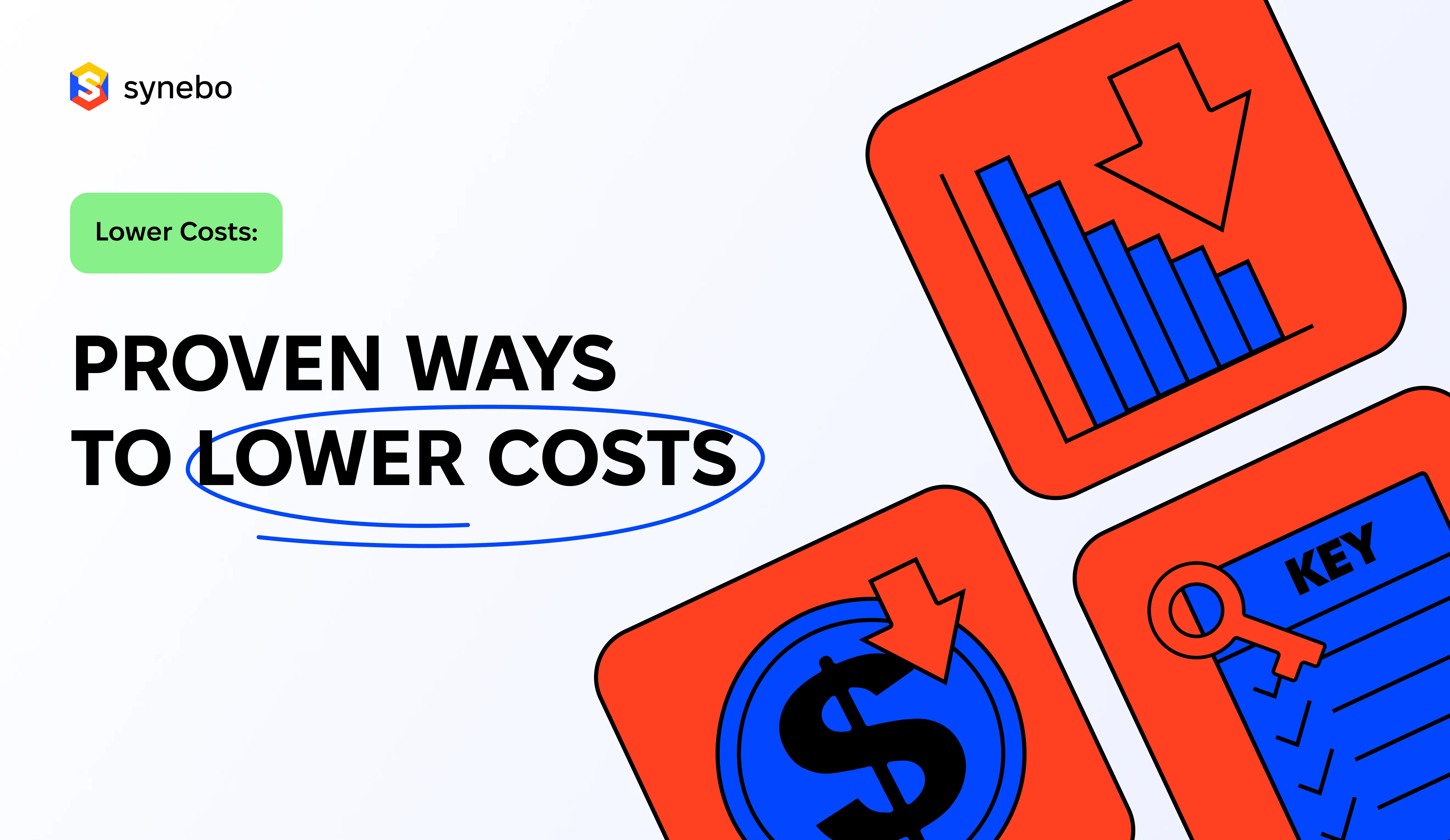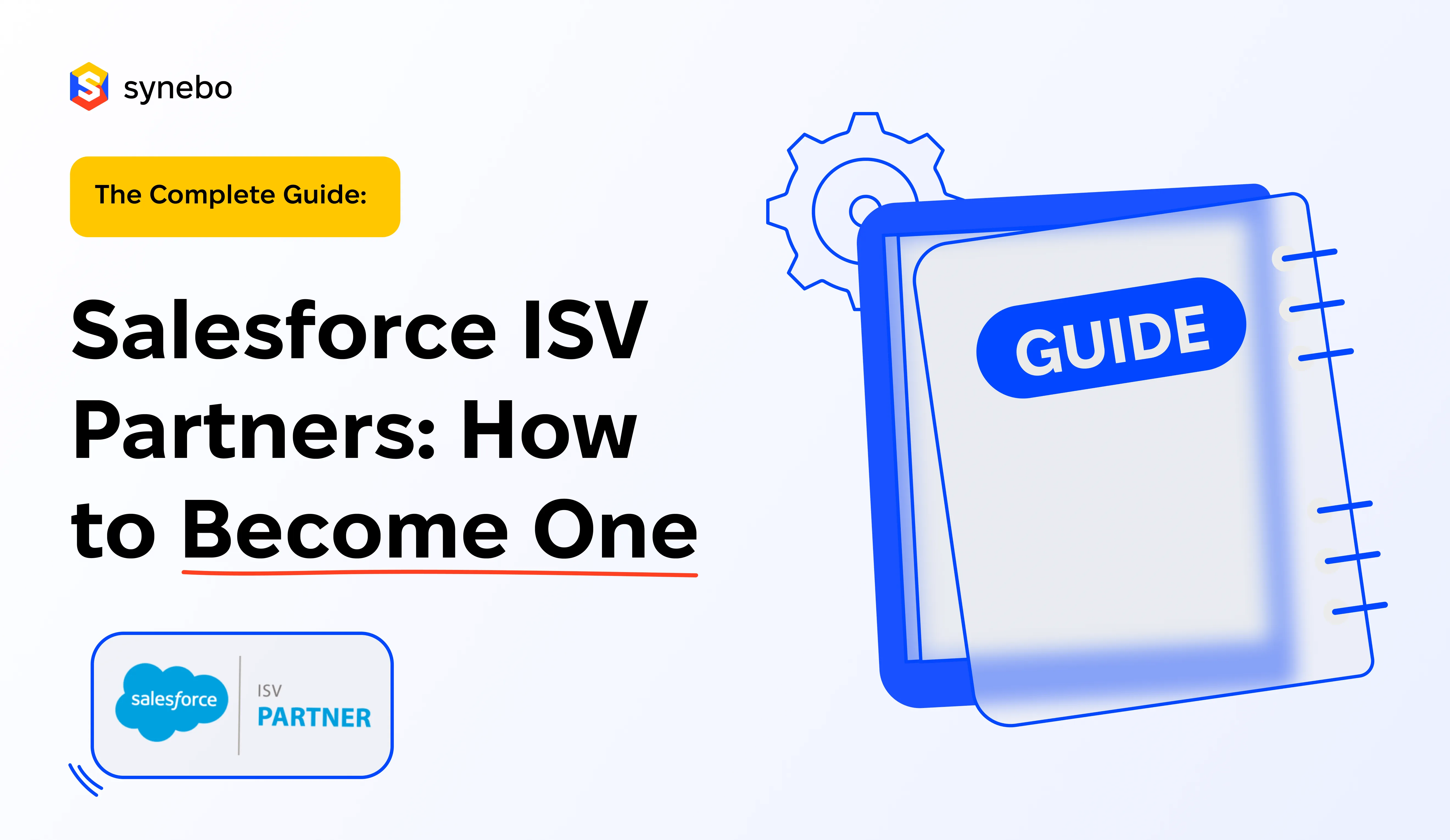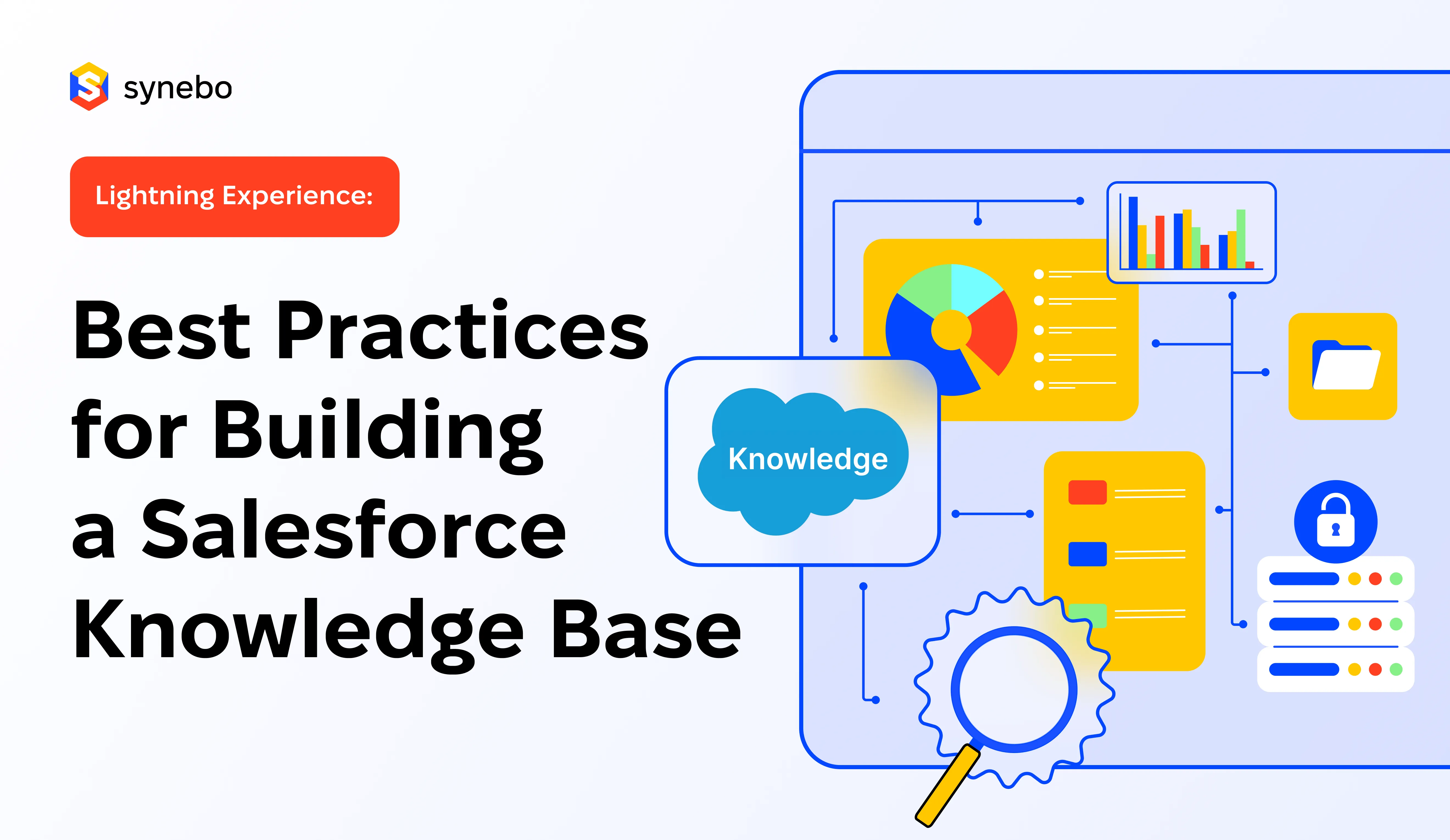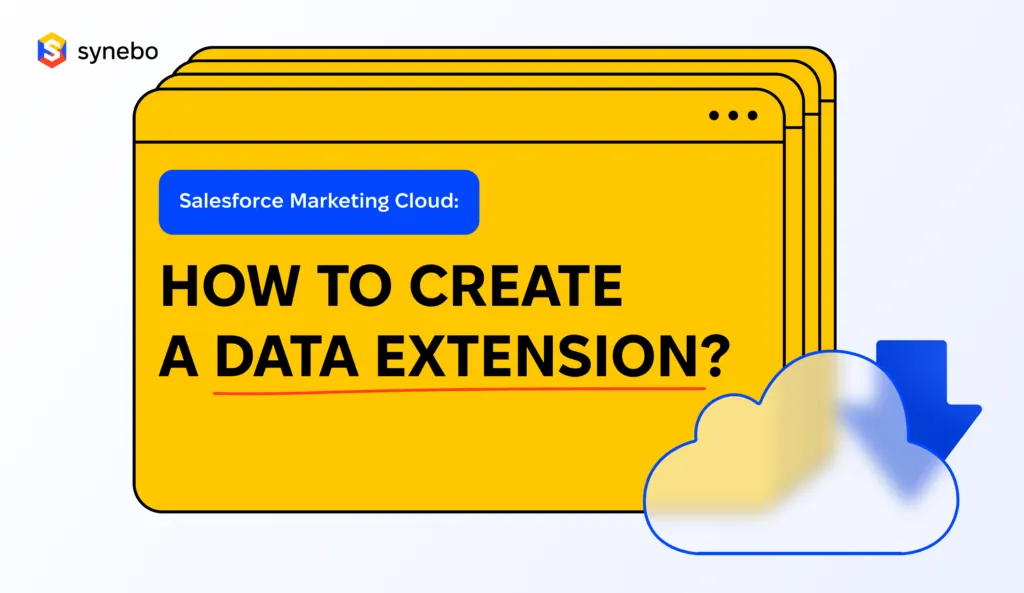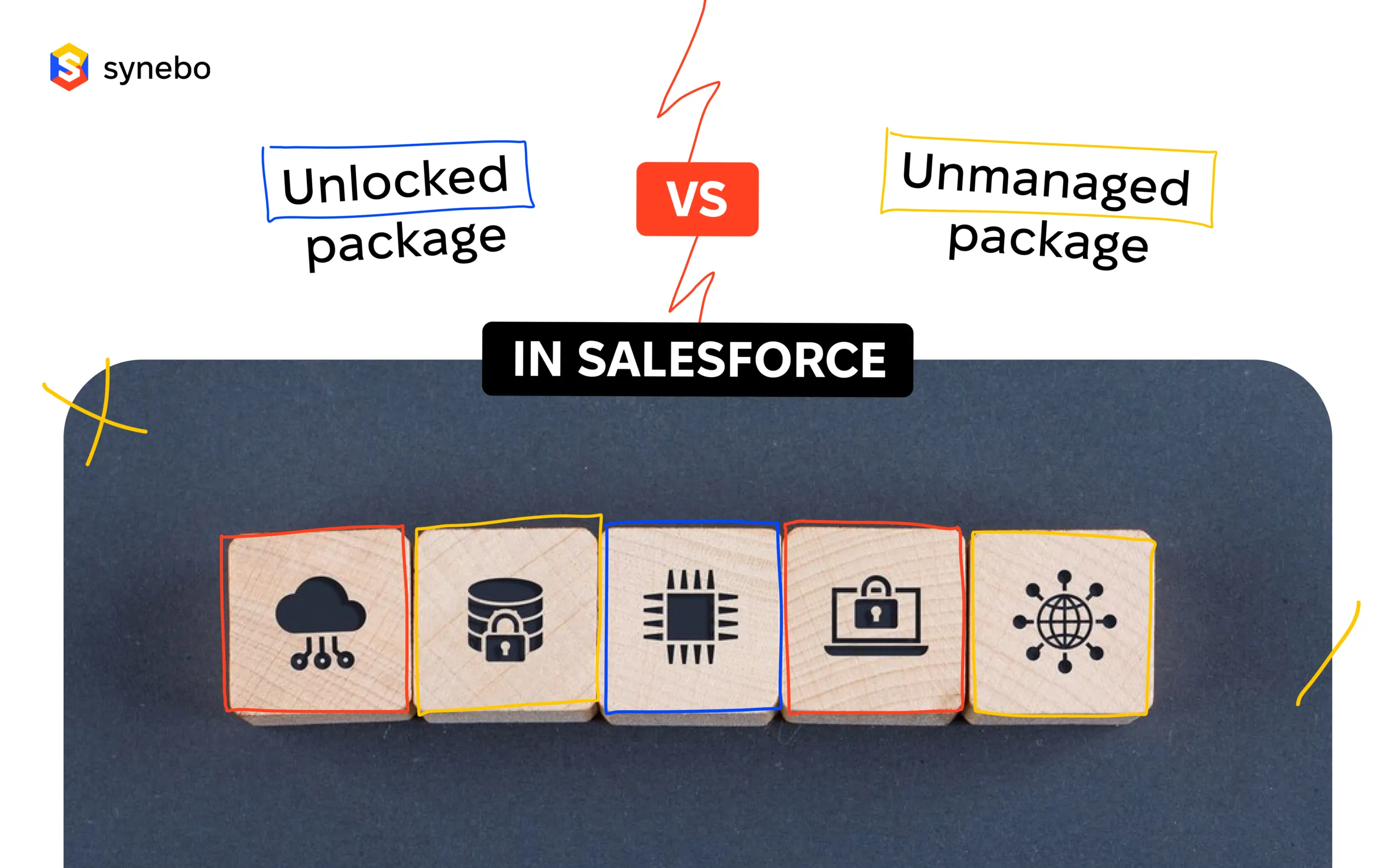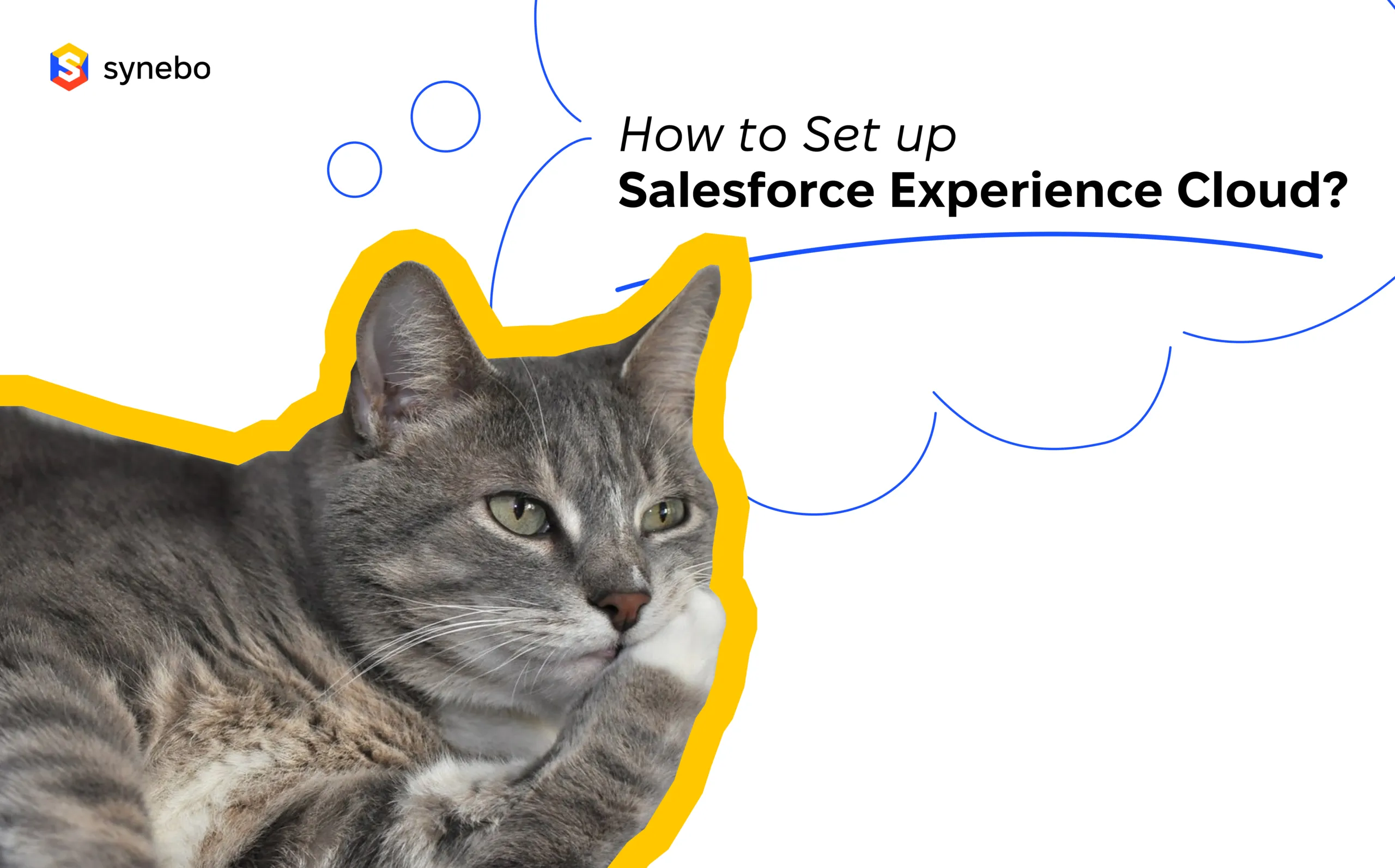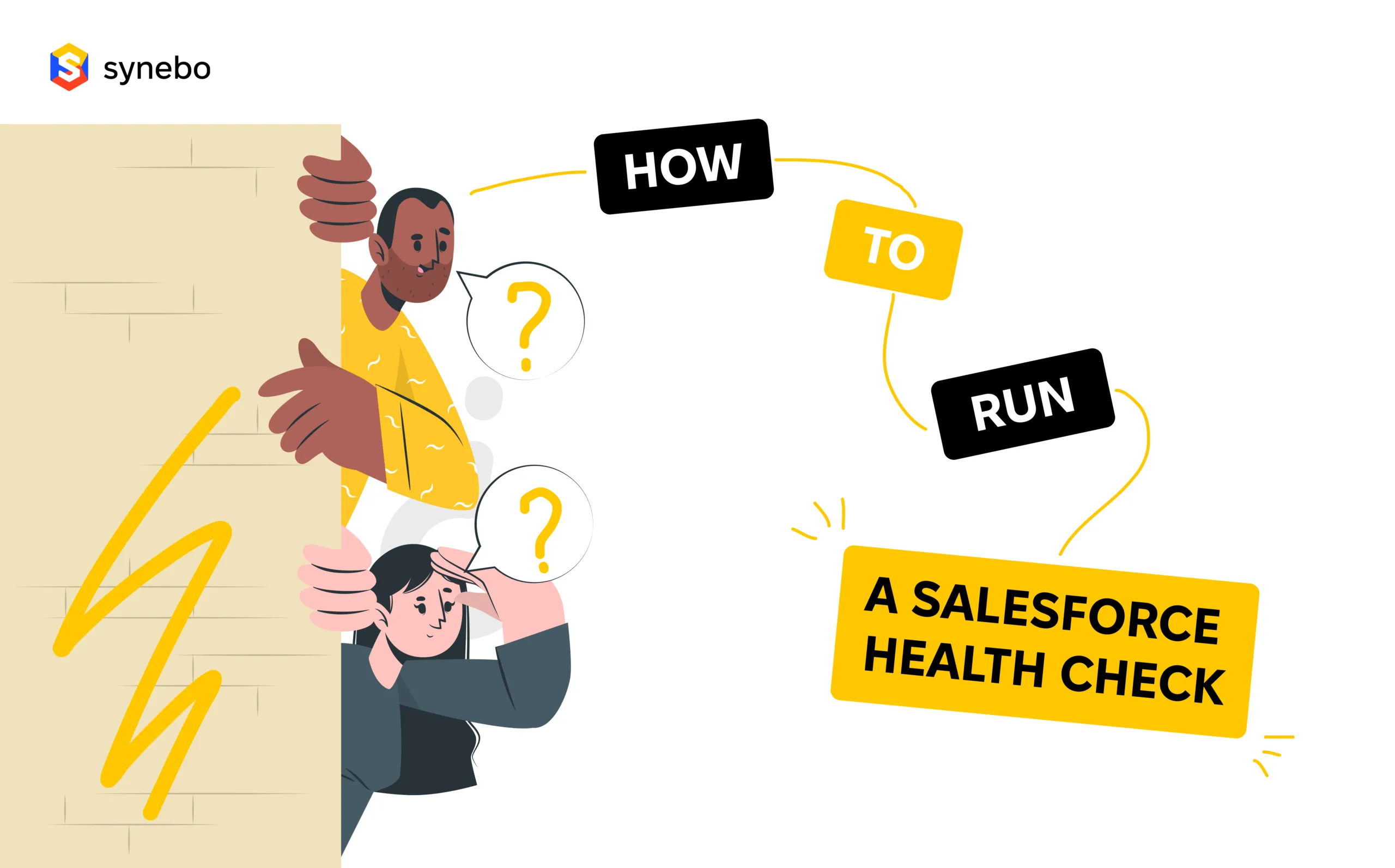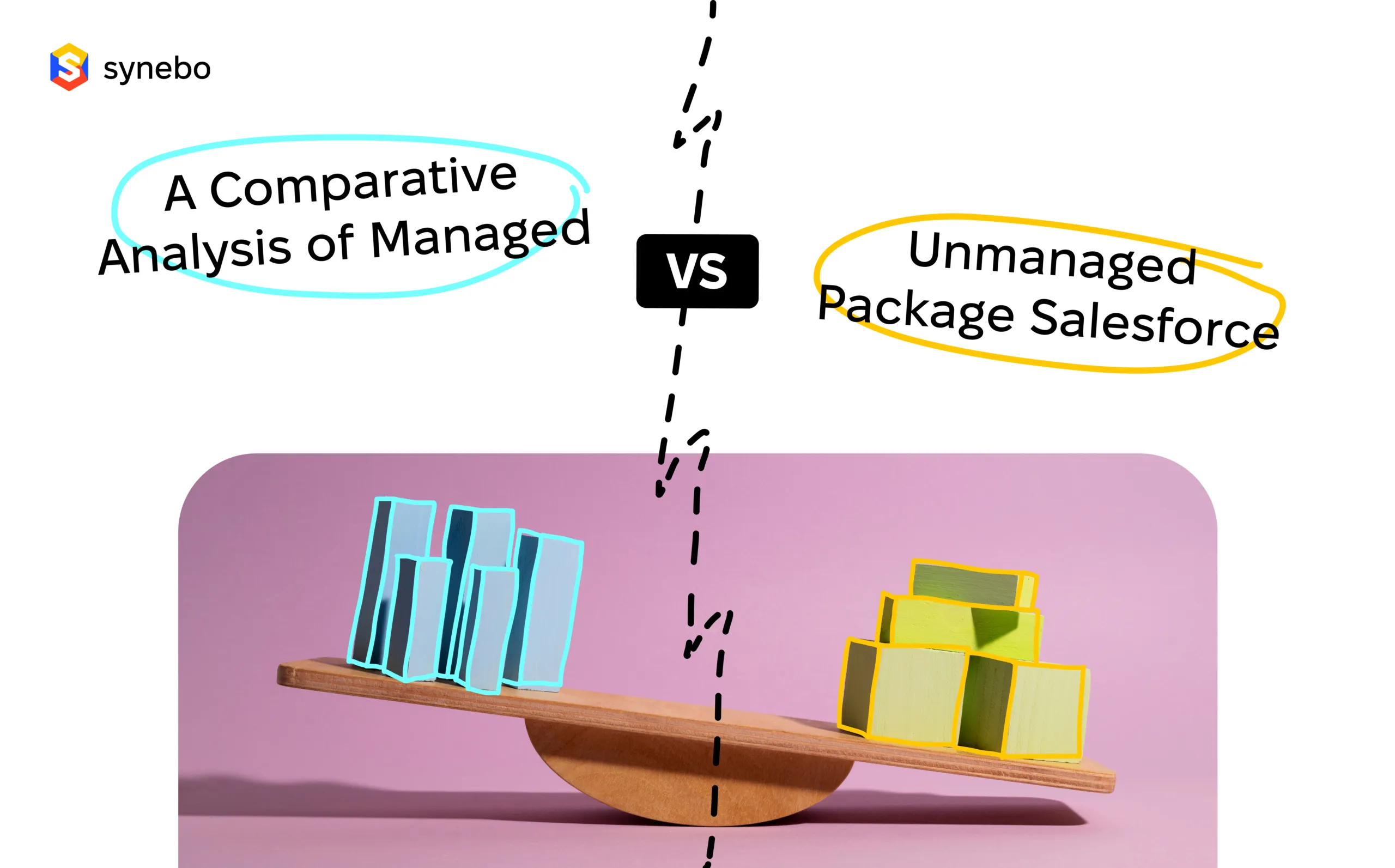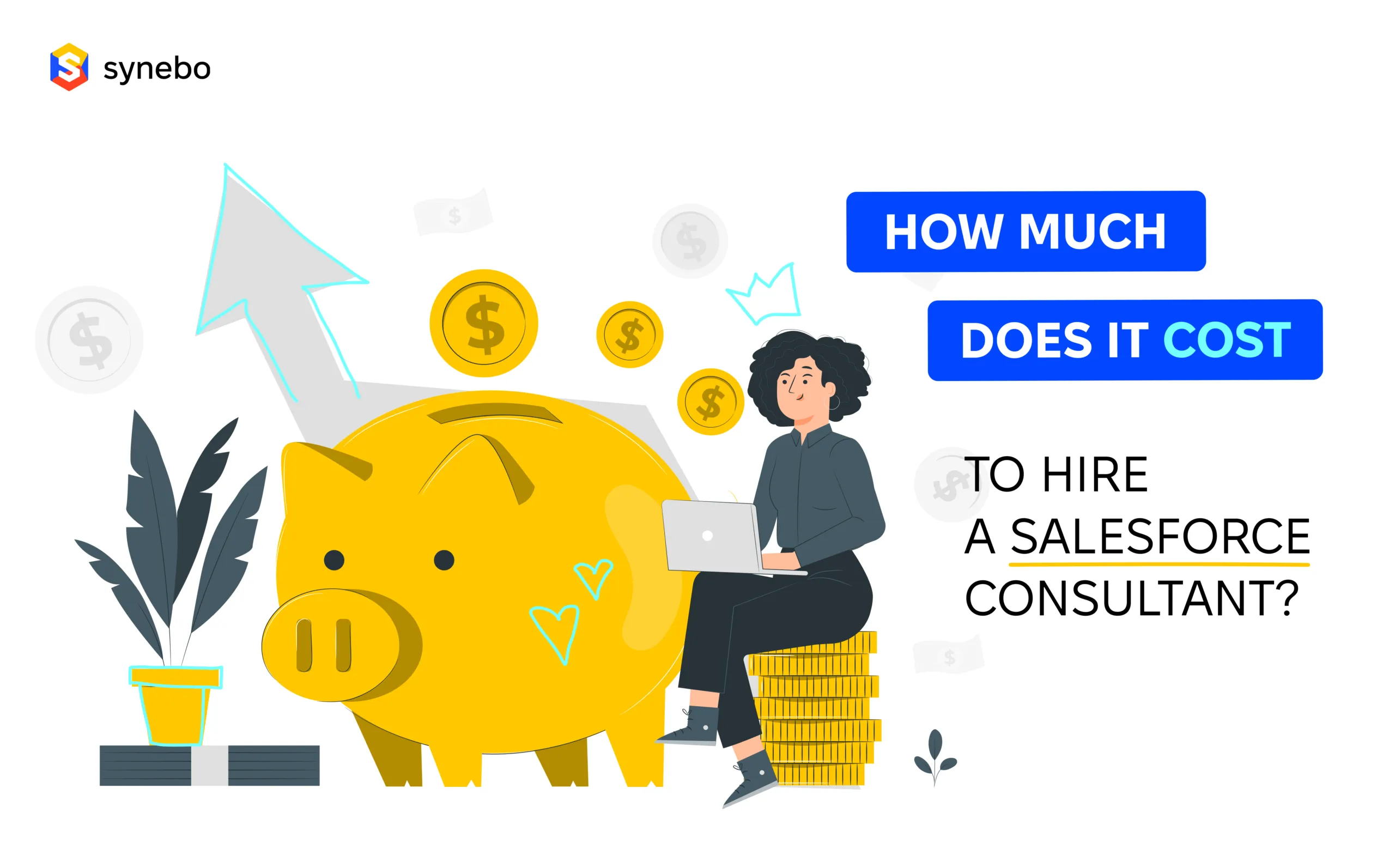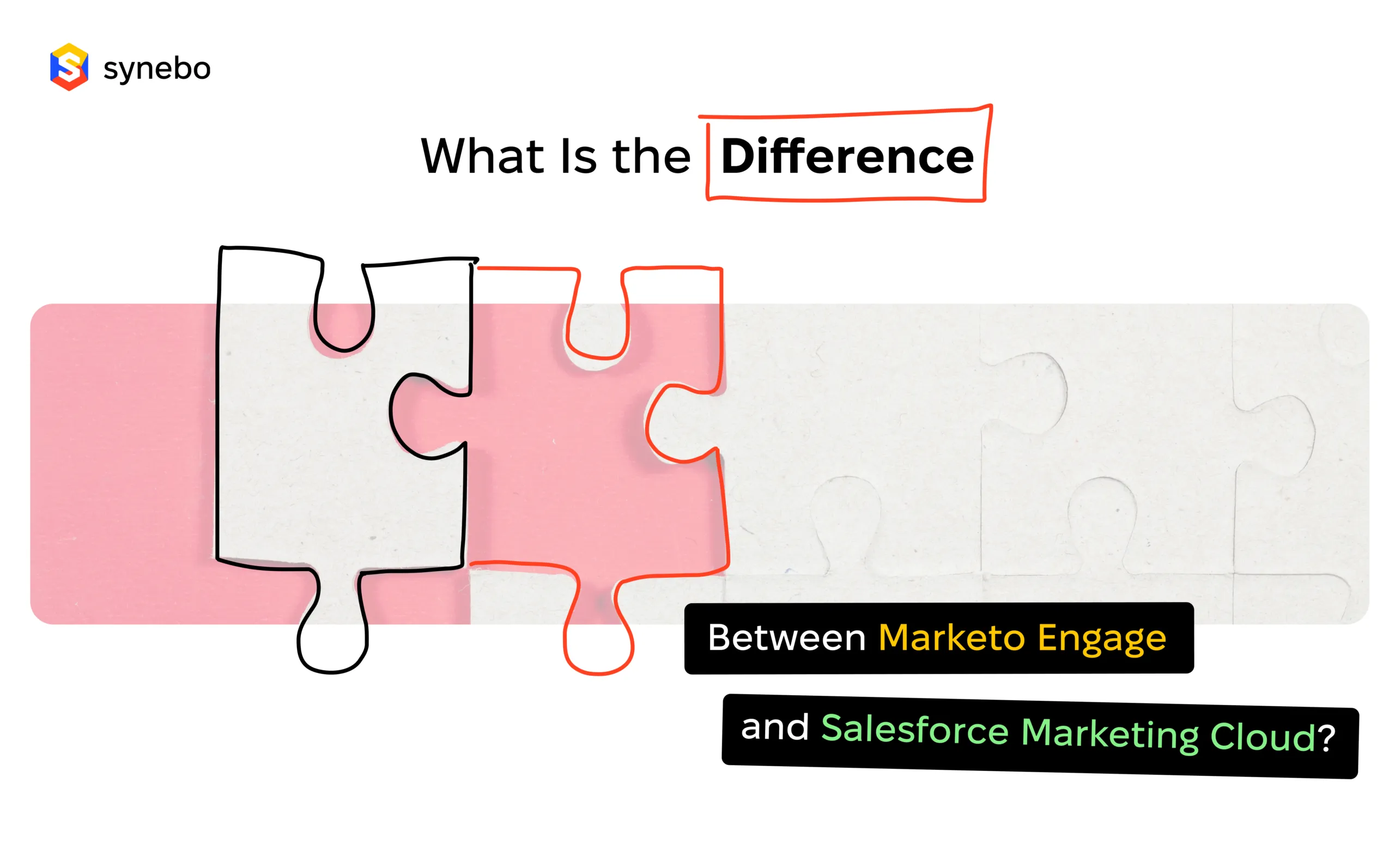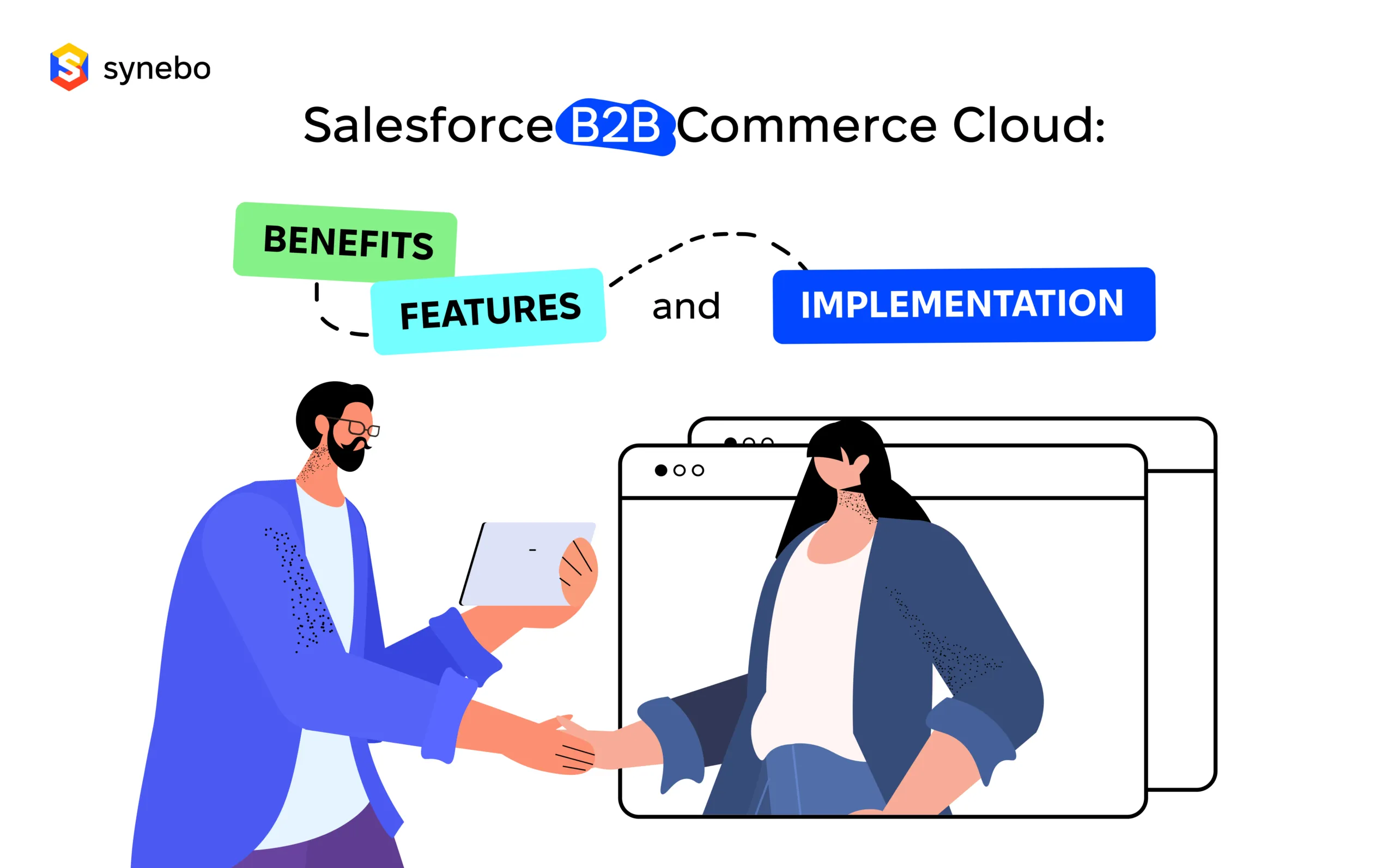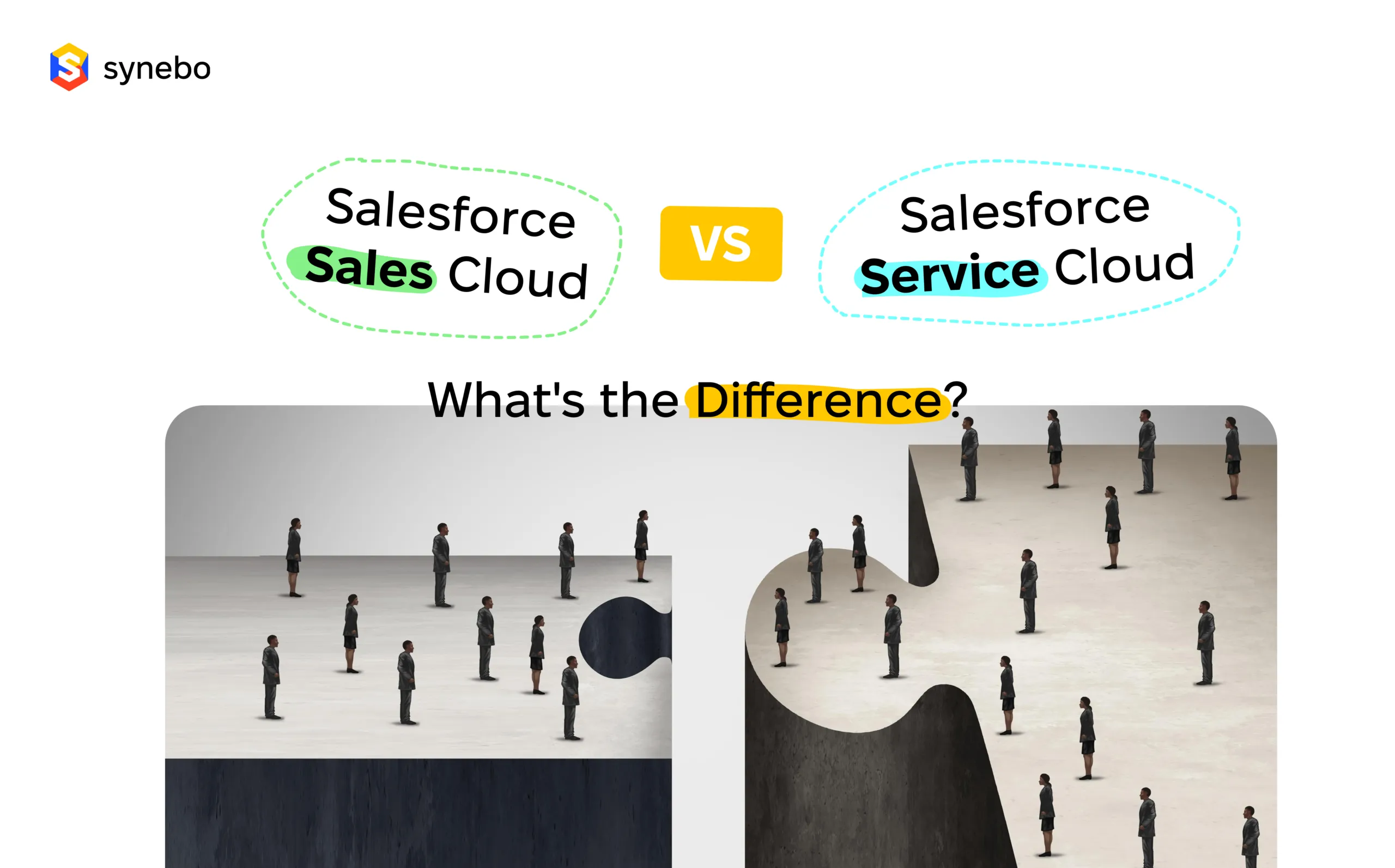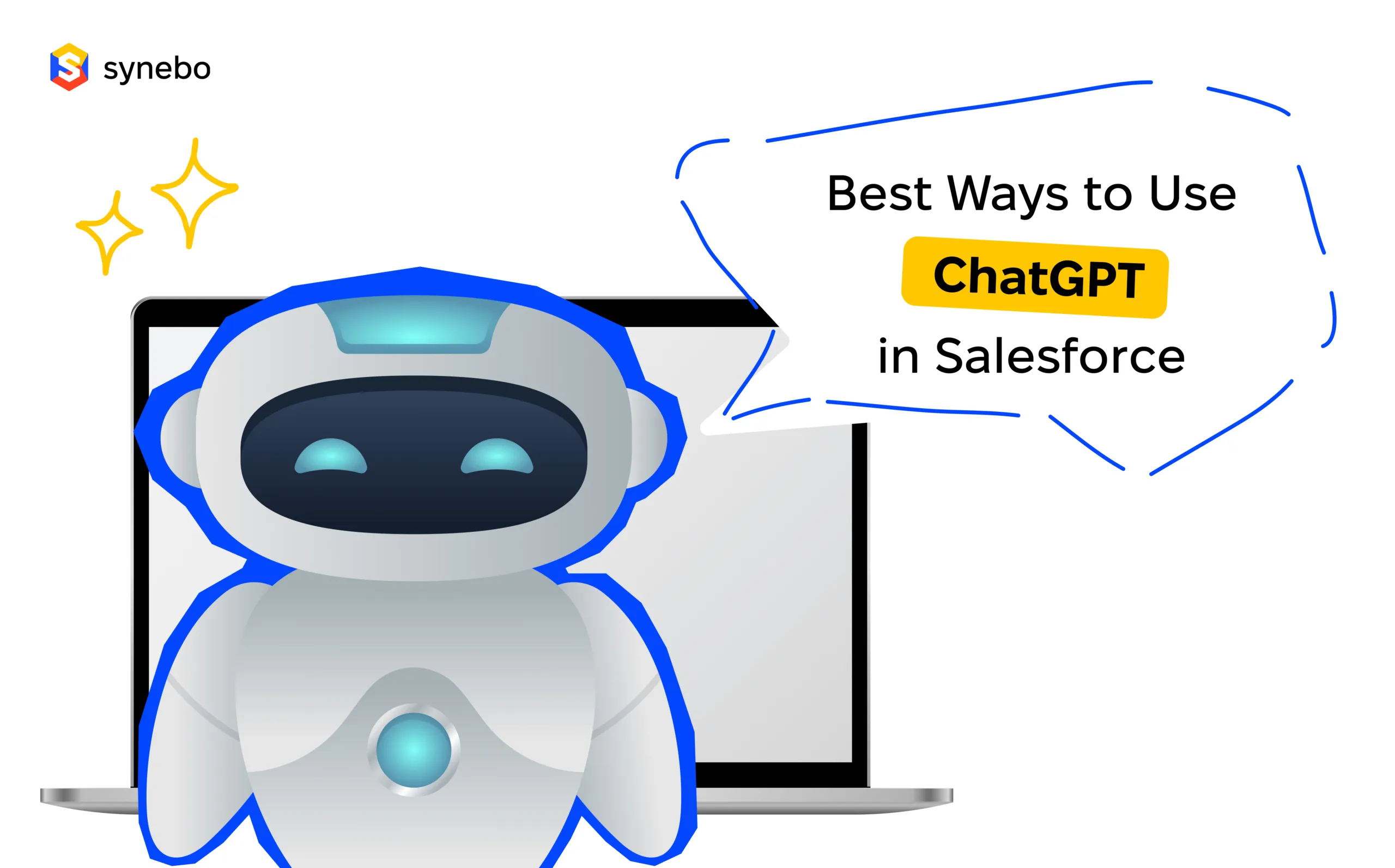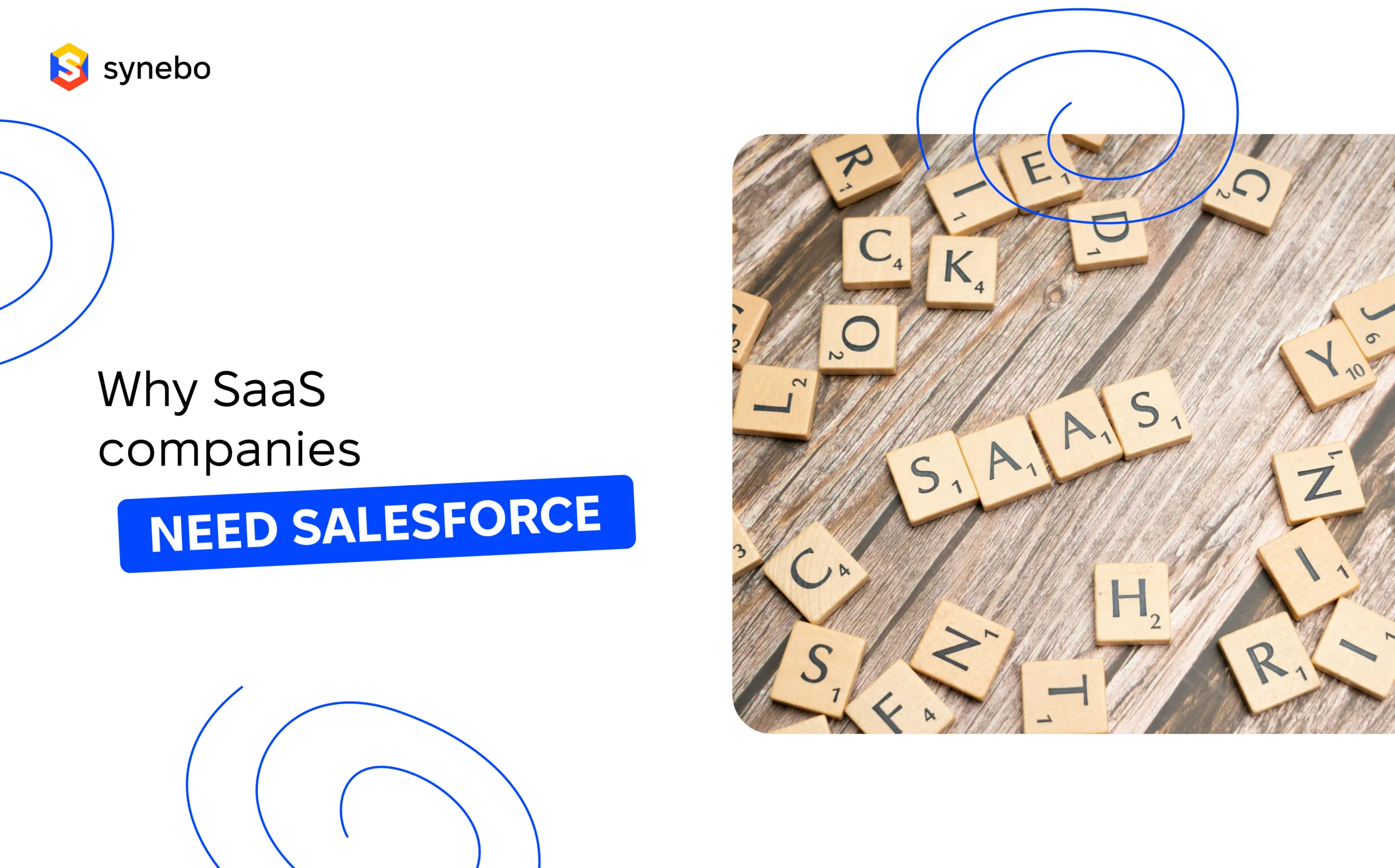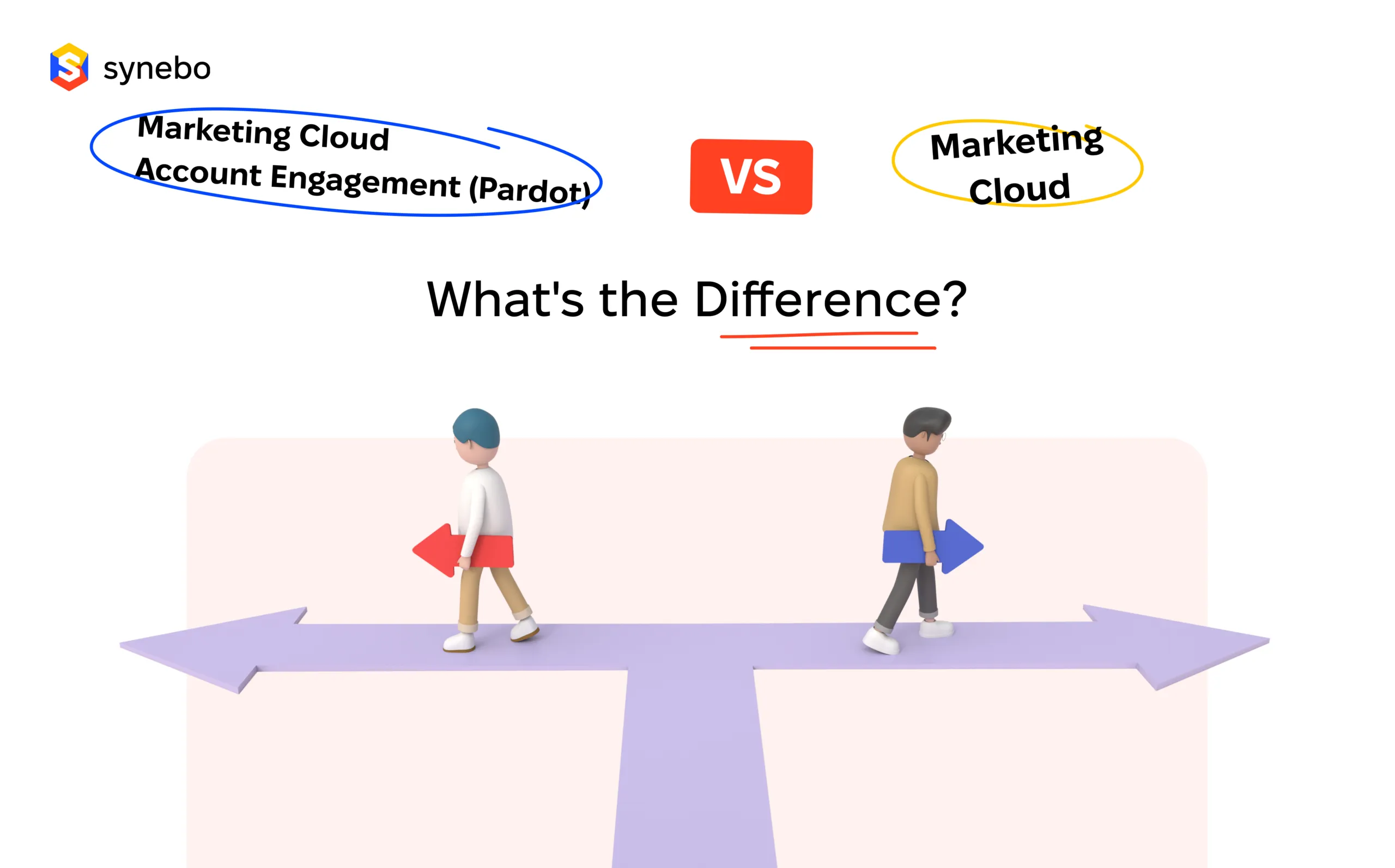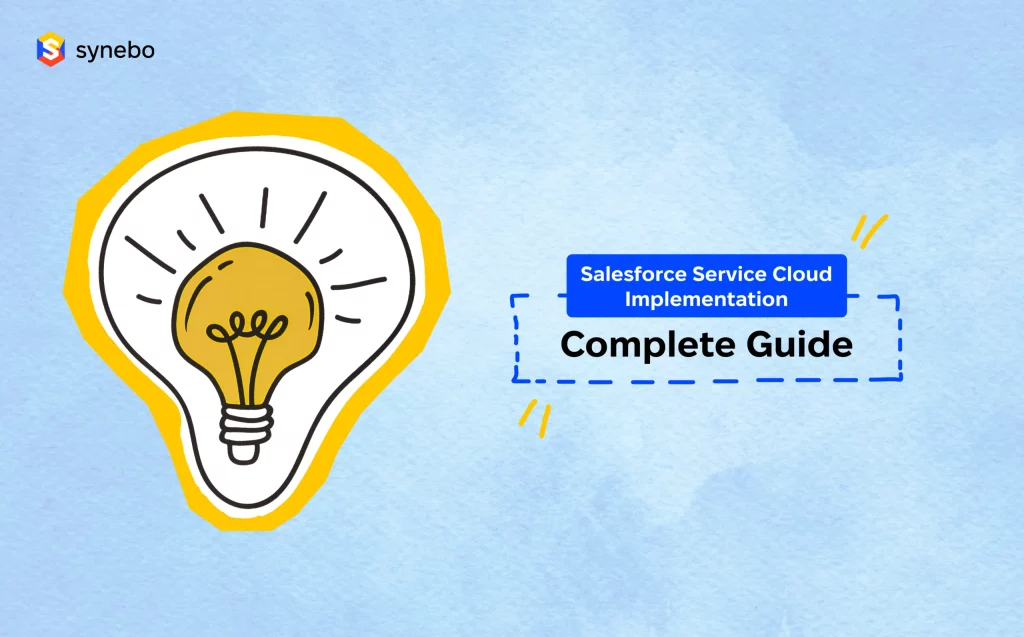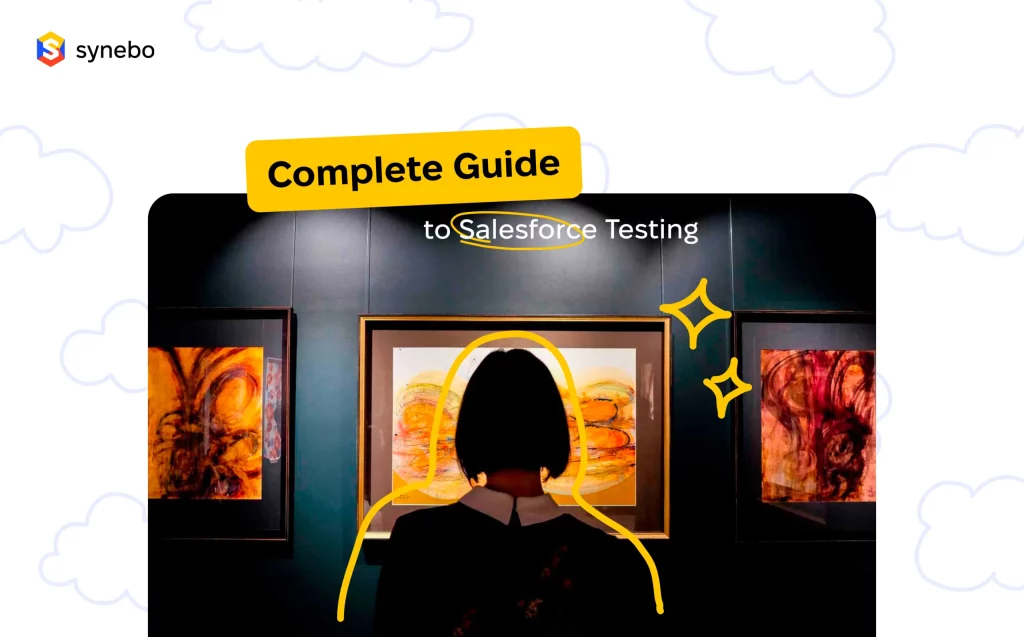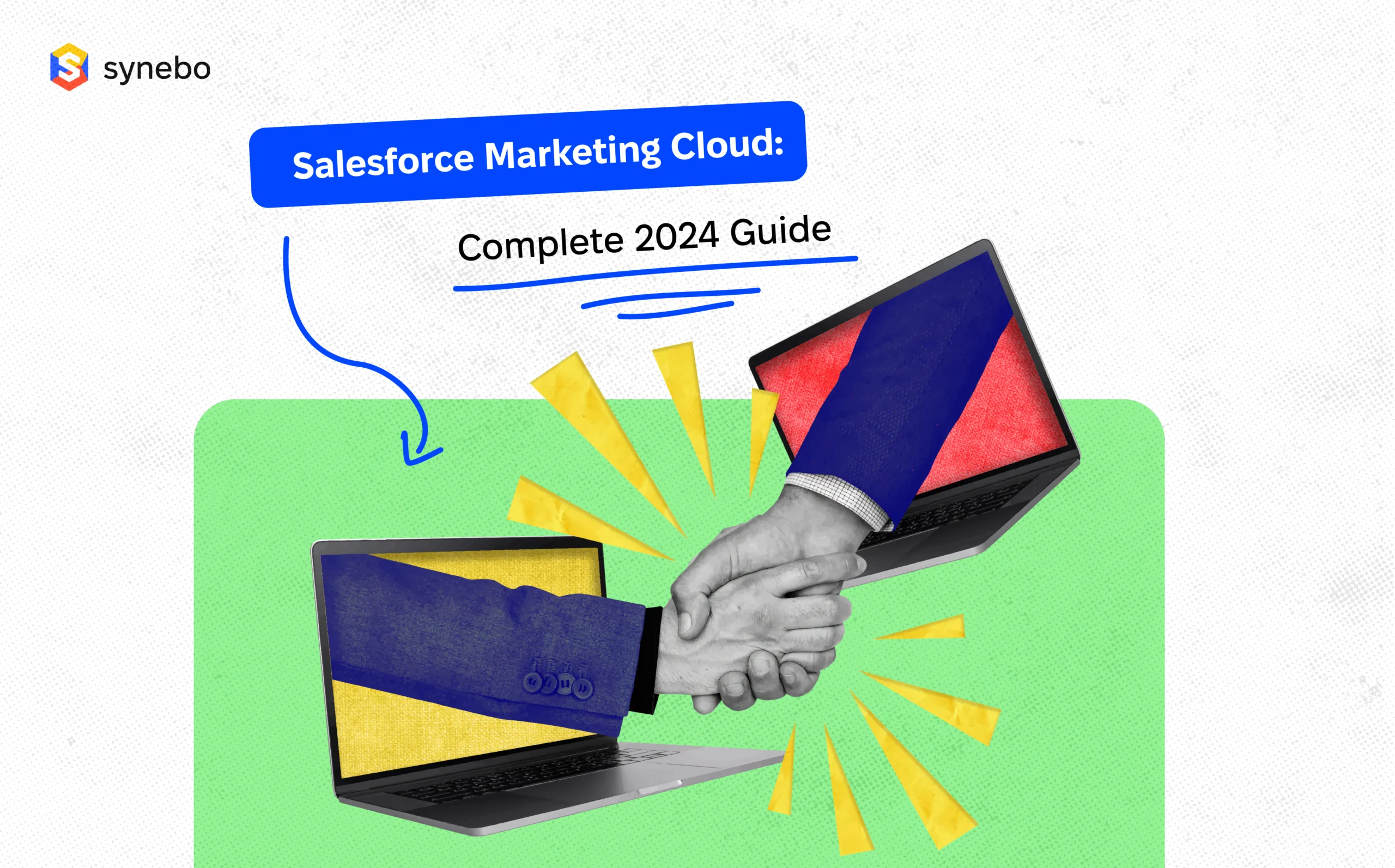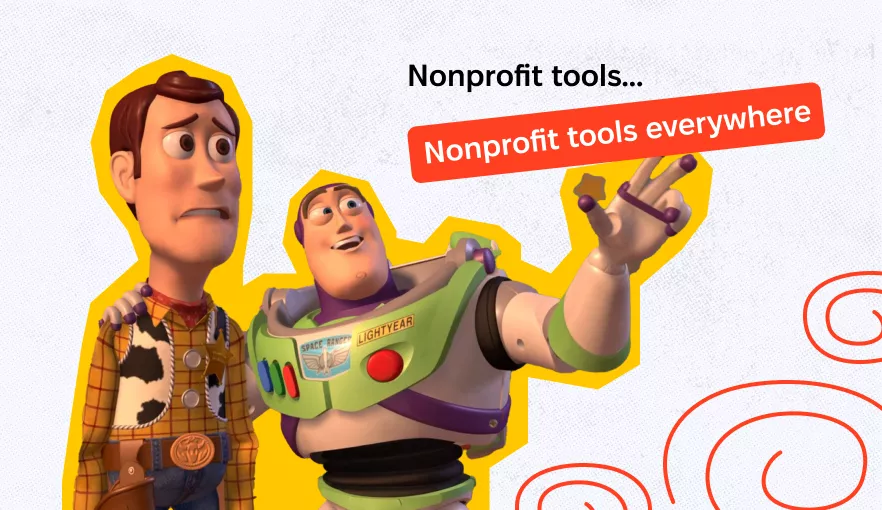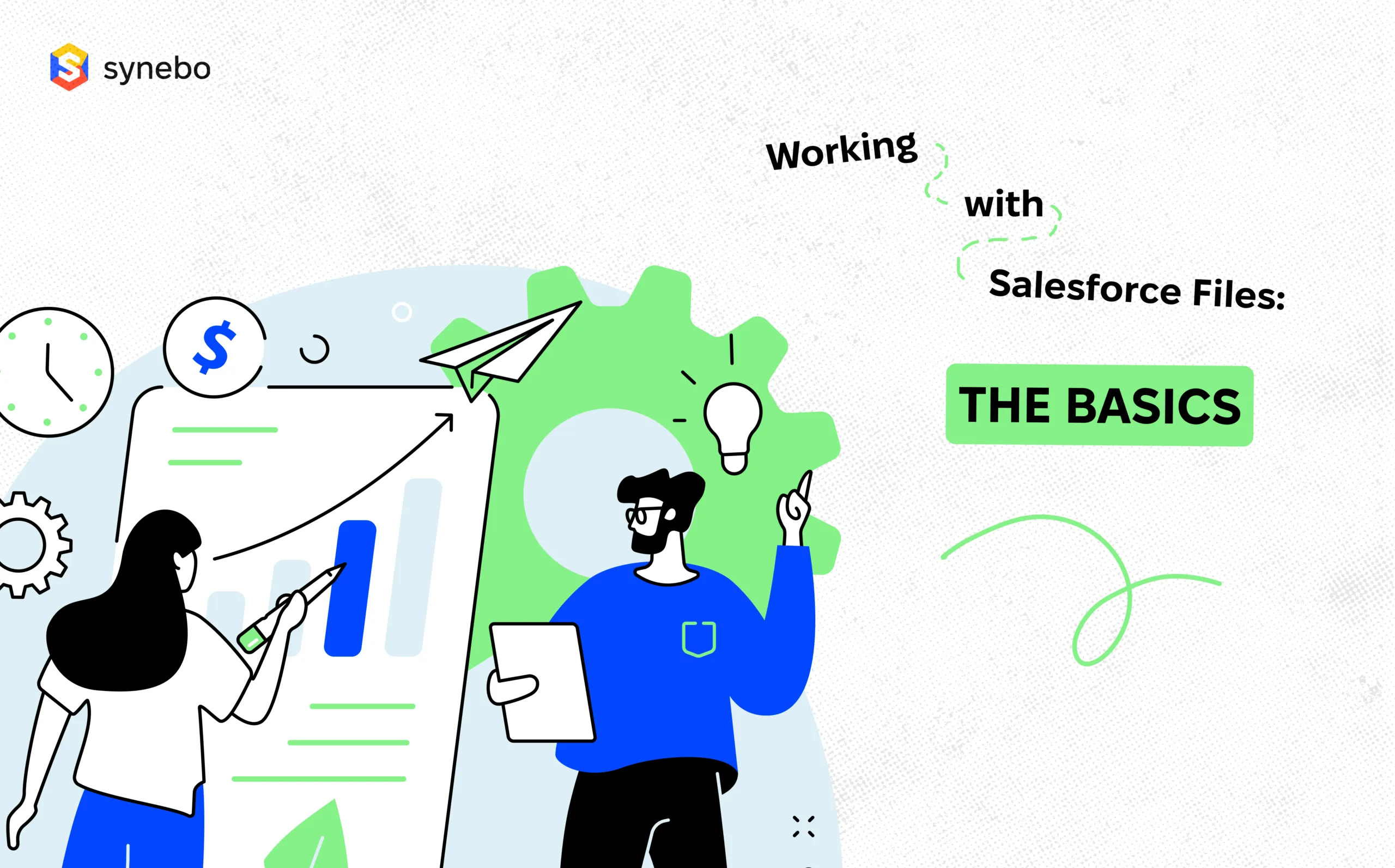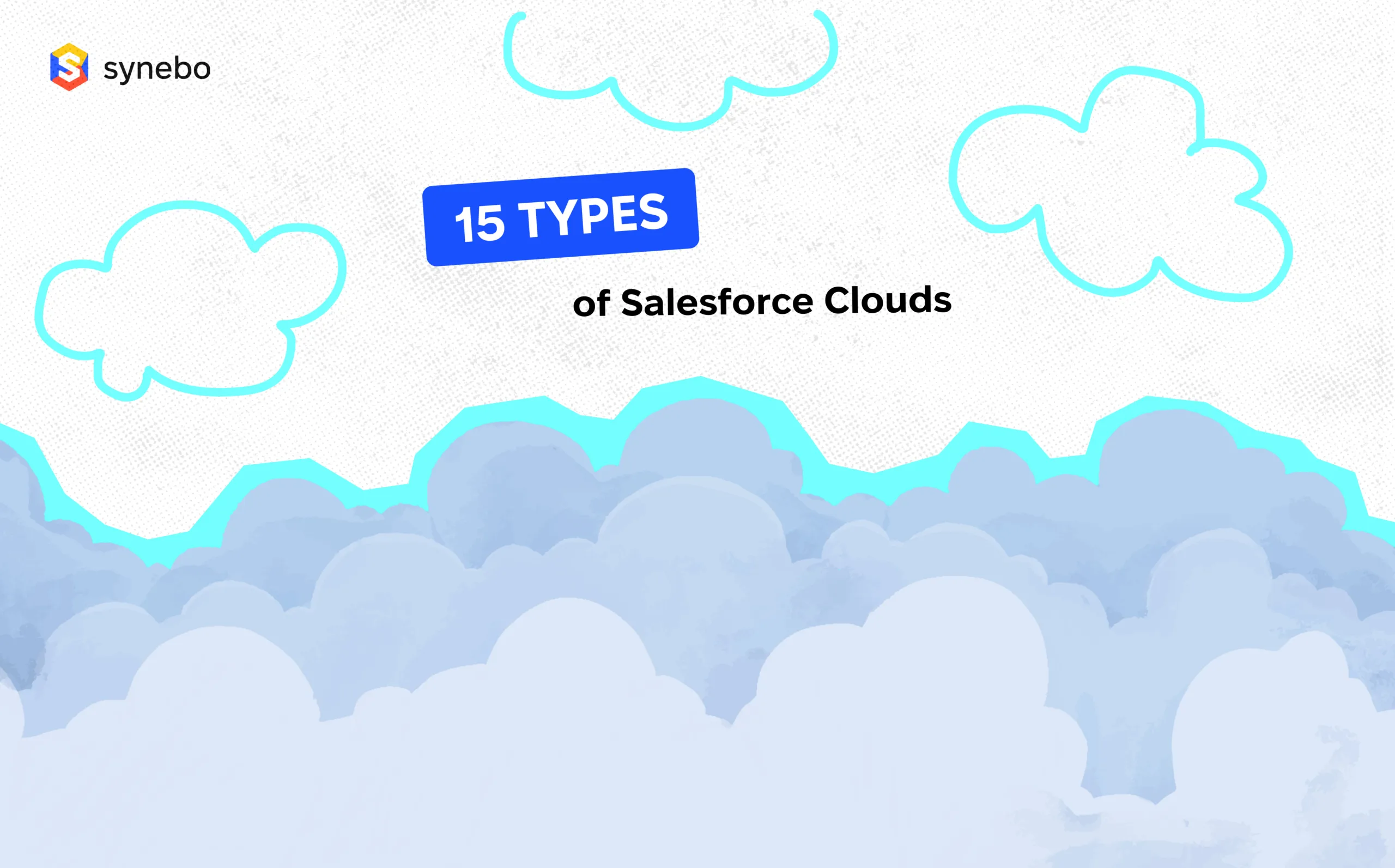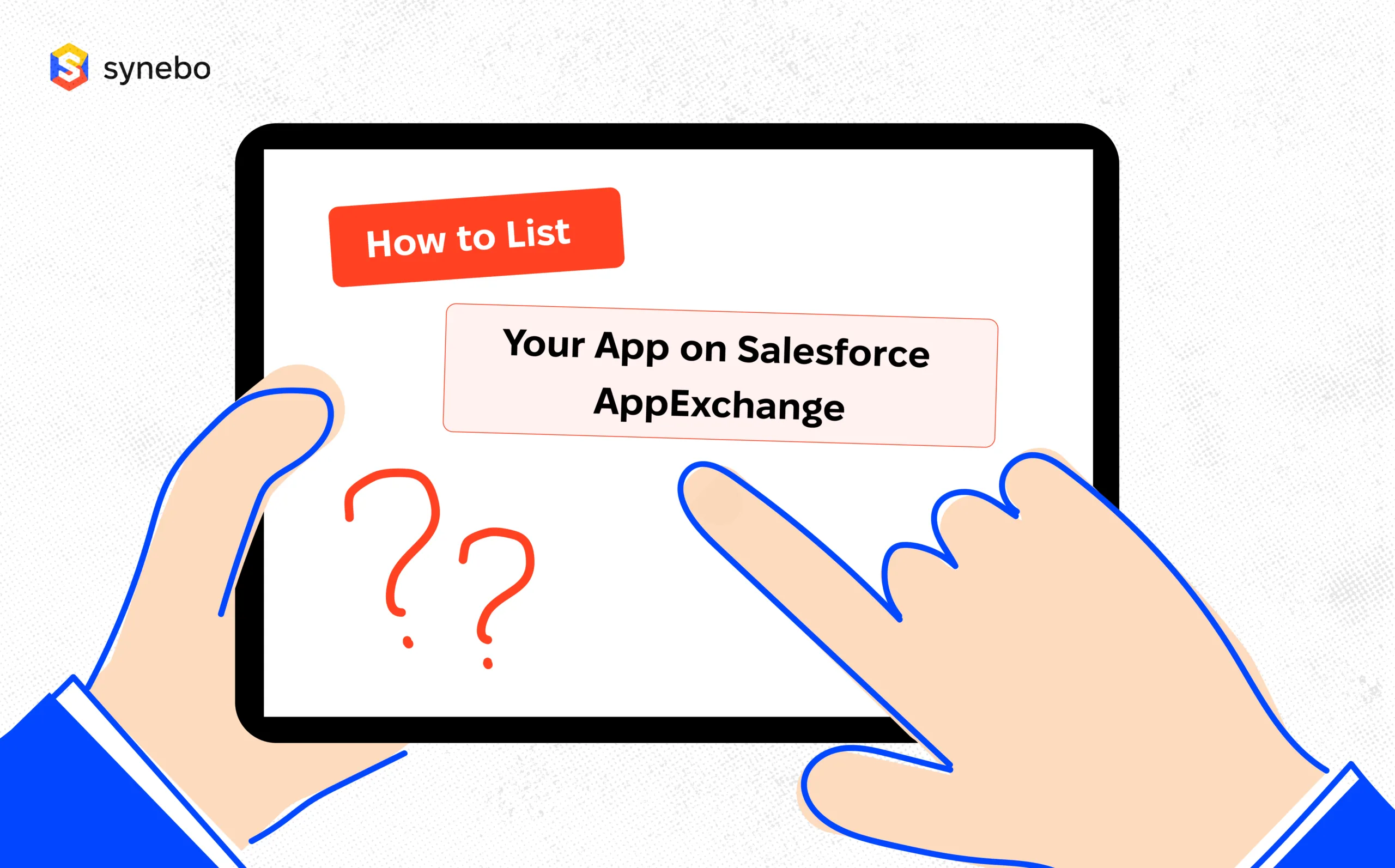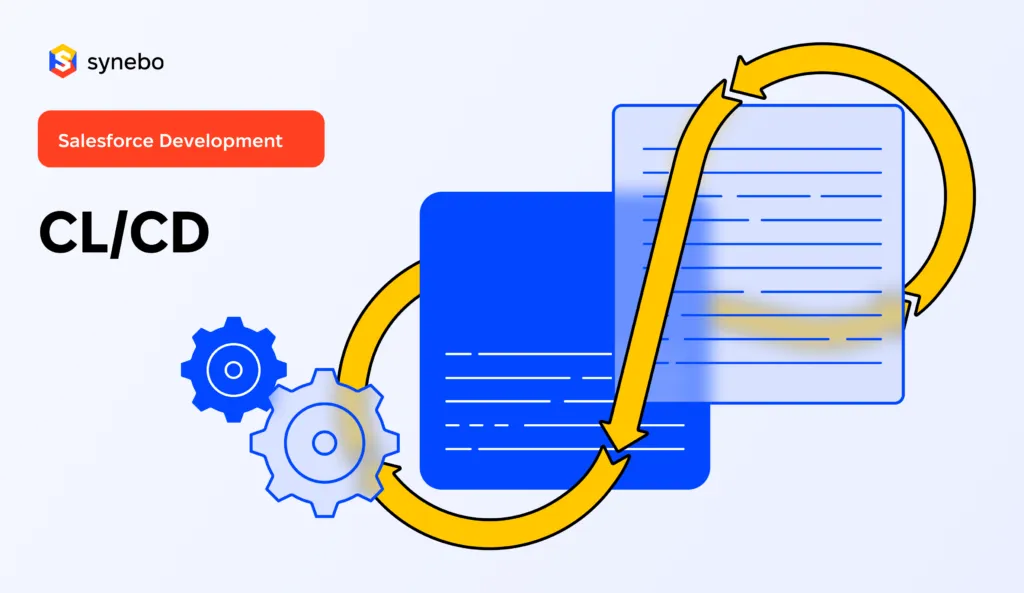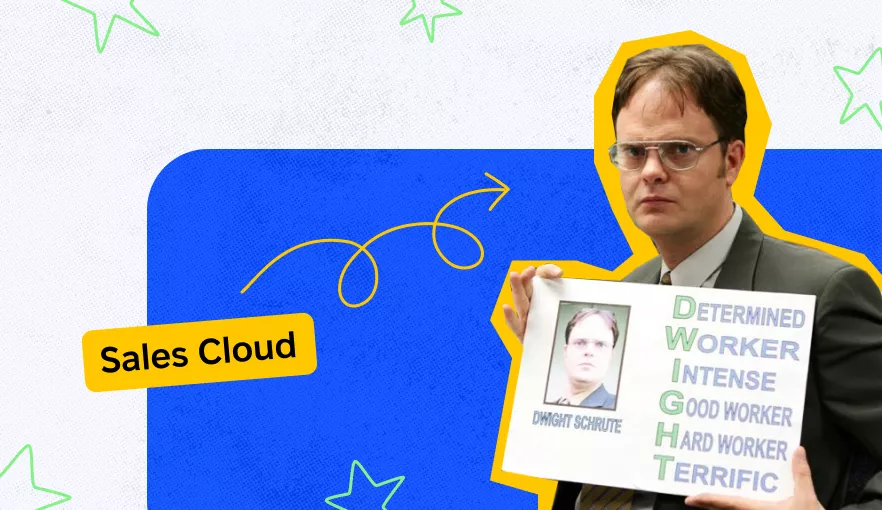CMS Hub: The Guide to Managing Your Website

CMS Hub: The Guide to Managing Your Website
Today each company can build a website without a bunch of specialists. And dozens of platforms are ready to help you without being a developer’s nightmare. Let’s talk about one of them – HubSpot CMS Hub.
In this guide to the HubSpot CMS, we’ll:
- Take you through the benefits of the system
- Explore features and tools you’ll get access to
- Show the pricing and compare it with other CMS’
- Provide reviews of the product
What’s HubSpot CMS?
HubSpot CMS is a content management system for websites with a special emphasis on lead generation and nurturing. The platform is designed to create sites, blogs, landing pages, lightweight applications, and emails.
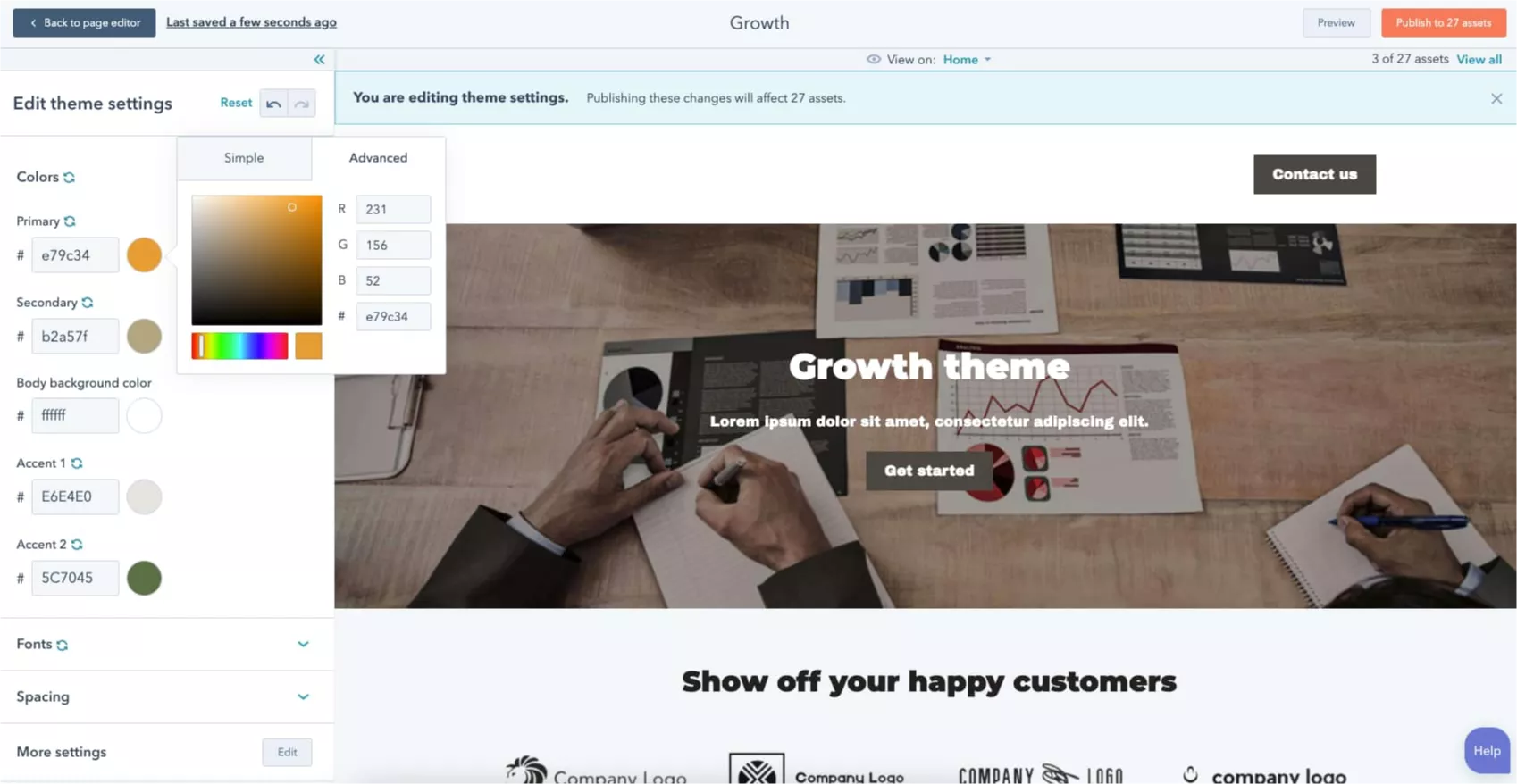
Unlike other systems, the CMS Hub was explicitly developed to simplify managing your website (just like the company did with its other products). Besides, some of them are wrapped up in the platform, too.
Moreover, the CMS Hub is great for content personalization because it allows you to segment leads, track their activity, and send tailored content at a particular time.
Benefits of HubSpot CMS
Fast, safe, confident
HubSpot provides service security. All processes are protected from outside influences, so your team can focus on developing a working user experience. In addition, the platform intelligently distributes the global content delivery network (CDN) – it provides a fast page load level no matter where your visitors are.
Developer friendly, flexible for marketers
The platform allows developers to create websites using their preferred tools, technologies, and workflows. This platform will also interest marketers who can create pages and publish content using simple drag-and-drop tools. In addition, templates and modules as building blocks enable developers to create flexible design systems by content creators.
By the way, using a custom logo and other branding elements in these templates and modules can help to ensure consistency and cohesiveness in the design of the content.
Combining CRM and CMS
HubSpot CMS integrates seamlessly with the CRM system, which allows the company to create personalized advertising websites for its visitors.
Free trial
You can start working with the platform for free by subscribing to a free trial term. It is intended for experienced developers.
It turns content marketing into a traffic generator
HubSpot offers brand development features for an unlimited number of users. So, you can customize reports to monitor sales activity and track company progress. These reports allow customers to adjust their strategies.
The CMS Hub tools
The idea behind creating HubSpot CMS is balancing the needs of developers with the requirements of non-technical content creators. Thus, the company combined development and content management, removing any frictions that might appear during the process.
That means that the site should be developed in close collaboration with content managers to comprehend their needs. In addition, the site built with CMS requires less ongoing support and maintenance from a developer.
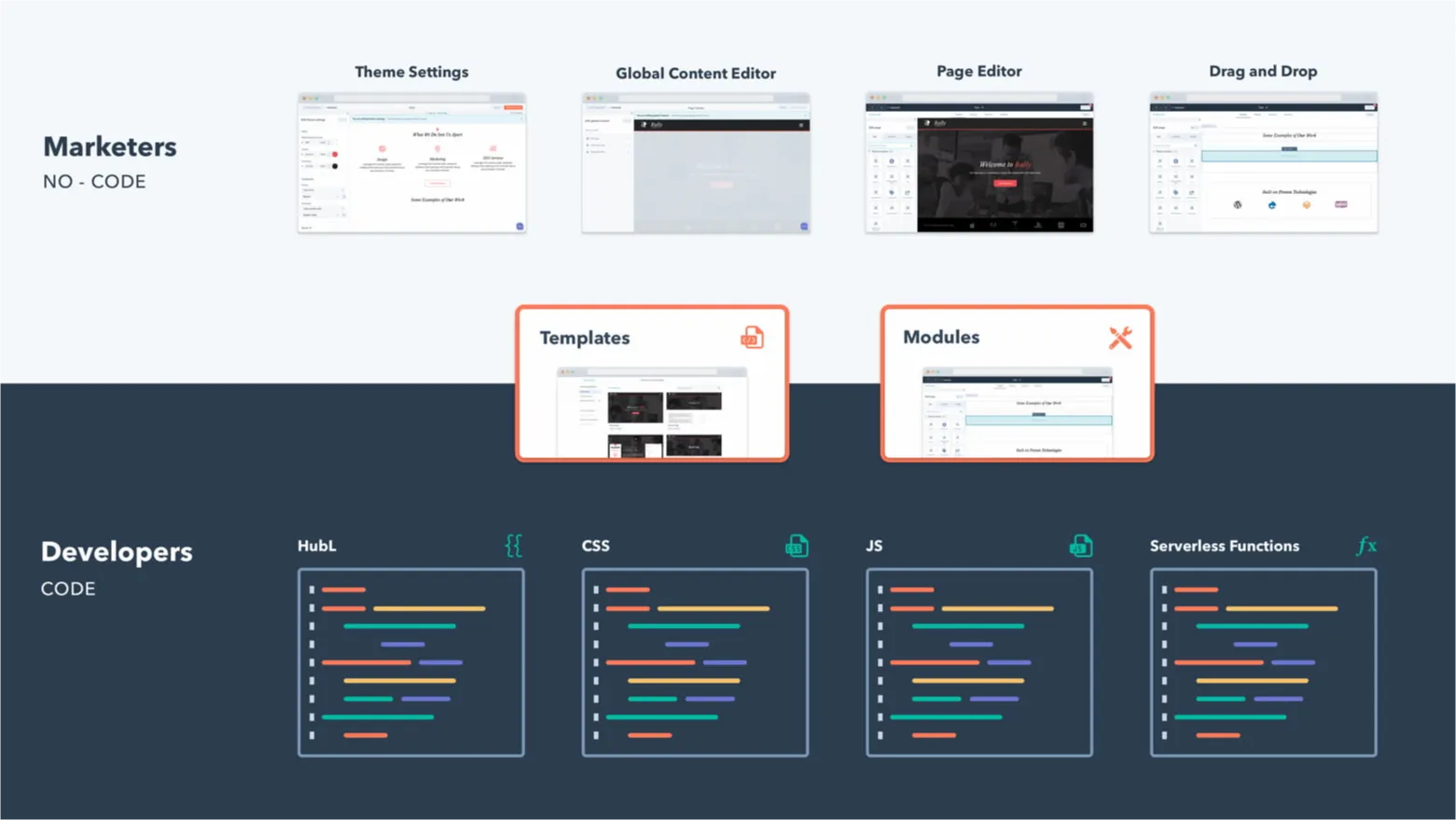
As a result, you receive less copy-update work for a developer and satisfied content creators.
Developer-built content
Developer-built content includes themes, templates, modules, JavaScript, and CSS. They are assembled in a developer file system. At the same time, creators’ content (landing pages, blog posts, and emails) is laid out in the editor with images, PDFs, and other files stored in a web app-based file manager.
Themes
The main feature of the topic is that you no longer need to contact the developer to adjust any slightest changes. Topics include a set of resources, such as modules, templates, and CSS files that a developer can customize to create a convenient content editing experience for a marketer.
Besides standard themes, HubSpot enables your developer to create a custom theme for you. So now, you do not have to wait for the end of the work to make adjustments yourself.
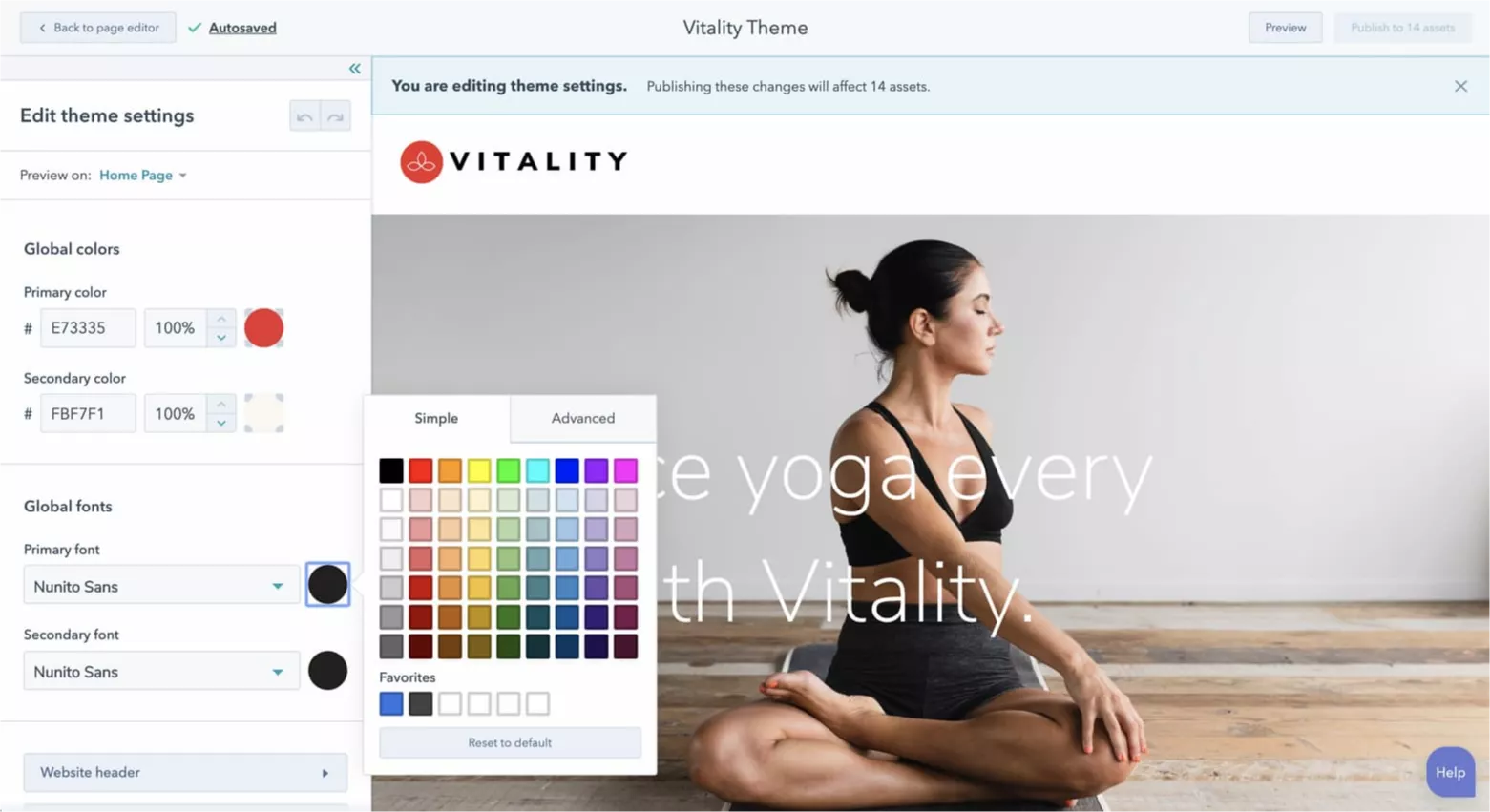
Templates
Templates determine the base markup and style of a group of pages that use a template. They can contain random HubL, HTML, JavaScript, and CSS file links. They also can be used only with specific content types.
You сan build templates as you wish. Still, Hubspot offers you a few best practices that simplify editing for marketers.
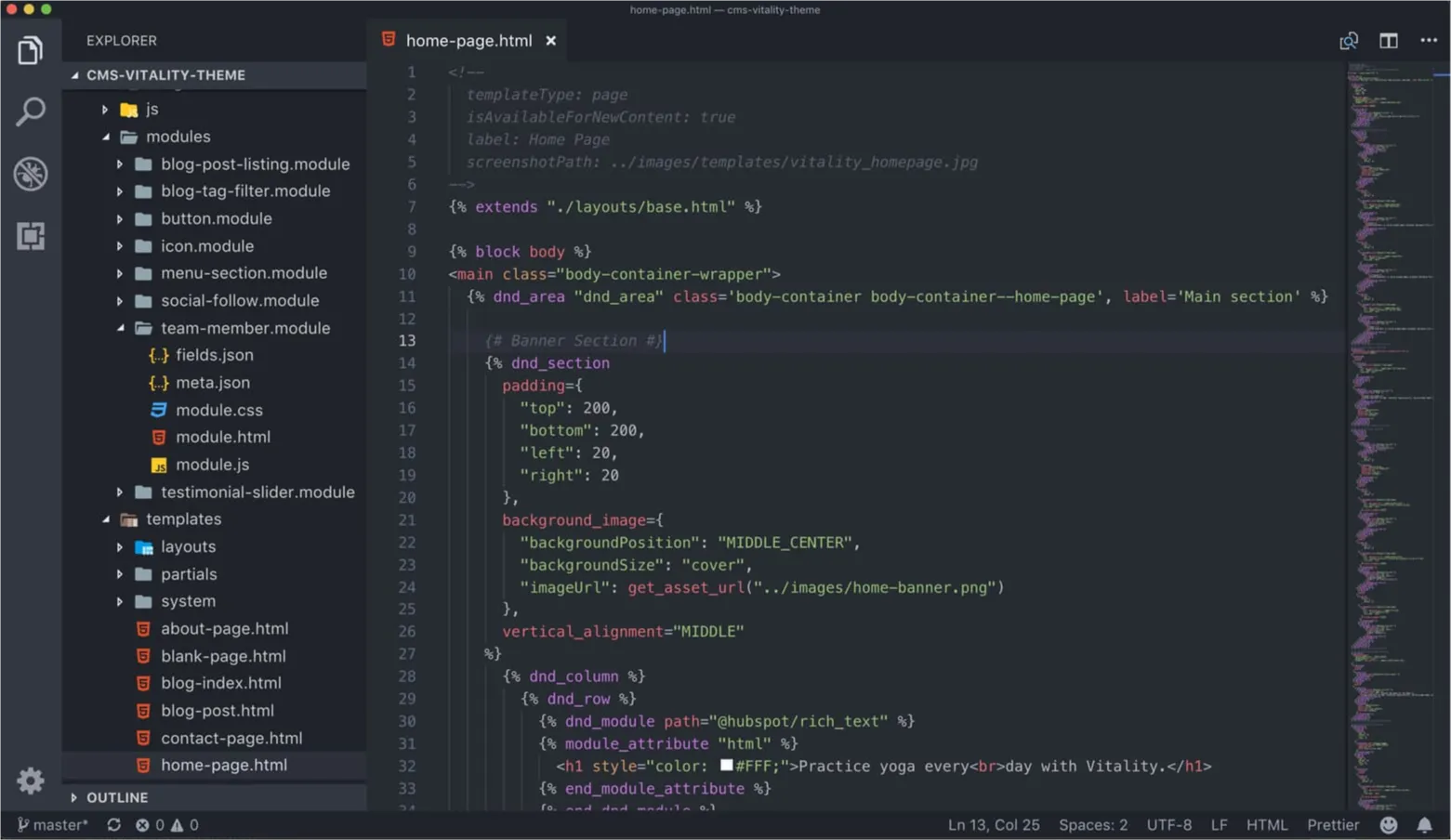
Modules
Modules are reusable elements that you can set on templates and pages in the HubSpot CMS. They include controls for marketers and contain HubL/HTML markup, JavaScript, and CSS.
The commands for a module are defined in fields, so building a great module means considering both the resulting appearance on a page and the editing experience for content editors.
The HubSpot CMS includes standard default modules like headers, rich text, images, buttons, and CTAs that you’ll use as fundamental components. Still, you’ll also likely want to build out elements that better fit into your theme and templates.

Fields
Fields are content creators’ controls to adjust the parameters passed into your themes and modules. Fields are typed, including simple types like boolean, text, URL, choice, and file.
But they also have more complicated fields like font with styling and HubSpot-specific fields like links to other parts of content or forms in the HubSpot system.
Page content
With the HubSpot CMS, you can create several types of content: website pages, landing pages, blog posts, and emails.
Pages
Firstly, website and landing pages are built independently of one another. As far as they are based on templates, you can change pages directly or adjust the template.
Please, note that the drag-and-drop function allows you to edit the content on any page without affecting another. The changes will only affect the page you need without creating a new template for each iteration.
Secondly, the analytics of websites and landing pages are also organized separately in terms of the UI since landing pages often have specific conversion goals.
Blogs
Blogs have two views: one for the listing page and one for the individual post page, then each blog post is populated into each of them. A portal can have several blogs, but you can’t specify the template for a particular post without changing others.
Emails
Any CMS Hub package offers the ability to send up to 2,000 emails per month. In addition, you can set up email campaigns for such occasions as a welcome email, a ‘How to’ email, etc.
HubSpot CMS features
In April 2020, HubSpot announced a new direction of development called CMS Hub. According to the company, CMS Hub facilitates the management of the website that allows you to return to the experience you provided to your customers.
Compared to traditional CMS, the updated version helps you monitor the security and performance of your website. It used to be troublesome to scale the website growth and make simple changes without contacting the developer. The updated CMS Hub makes it easy to create and edit content yourself.
How the CMS Hub handles website management?
Let’s look at the updated features available in the CMS Hub Professional & Enterprise and how they make it easy to create a good web interface for your customers.
Multilingual page testing
CMS Hub makes it easy to manage content in multiple languages. This feature allows you to run A/B testing and responsive pages. With the installation of CMS Hub Enterprise, you can also run responsive page tests for any content. In addition, you can run machine learning for automated testing, which will allow you to adapt the chosen page for a specific audience.
Dynamic content with HubDB
Thanks to HubDB, you can create web pages that link to the content in your data table. If you change the data on the table, the site’s content will also be updated. CMS Hub Professional function is supported by HubSpot CRM and allows you to create personalized content to scale.
Create custom content
This service means providing each visitor with website content specifically designed for him. Providing individual recommendations allows your customers to access premium content. By acquiring membership in the CMS Hub Enterprise, you also can create content adapted for each site visitor.
For example, it can be the “My Events” page that you want to show to a specific audience. With CMS Hub Enterprise, you can set up personalized content that will display all the events that one of your customers has subscribed to in your company in the past.
Serverless functions
The extra features of CMS Hub Enterprise help you create powerful web applications, which extend the functionality. For example, you no longer need to manually calculate how a change in traffic can affect your performance and configure the server best.
Activity logs
The expansion of the business leads to the need for constant manipulation and updating of your website. As the number of people on the team grows, tracking the website updates becomes more necessary. Activity logs at CMS Hub Enterprise let you see what changes are happening on your entire site and who made them. You don’t have to do it manually.
Company domains
As your brand grows, you will need to create several websites. For example, it could involve bringing together a microsite for a specific division or expanding to two business areas. CMS Hub Enterprise makes it possible to create a brand with two or more brand domains (as needed). A feature is that reports are created for each website. This way, you need not affect multiple systems according to the needs of your website.
HubSpot CMS pricing
HubSpot CMS isn’t free. You’ll have to pay at least $23 per month (commit annually). However, the number of web pages you can create will be limited to 15. Also, you won’t be allowed to include dynamic content.
If you want to create up to 10,000 web pages (plus dynamic content), you should choose Professional ($360/month) or Enterprise plan ($1,200/mo).
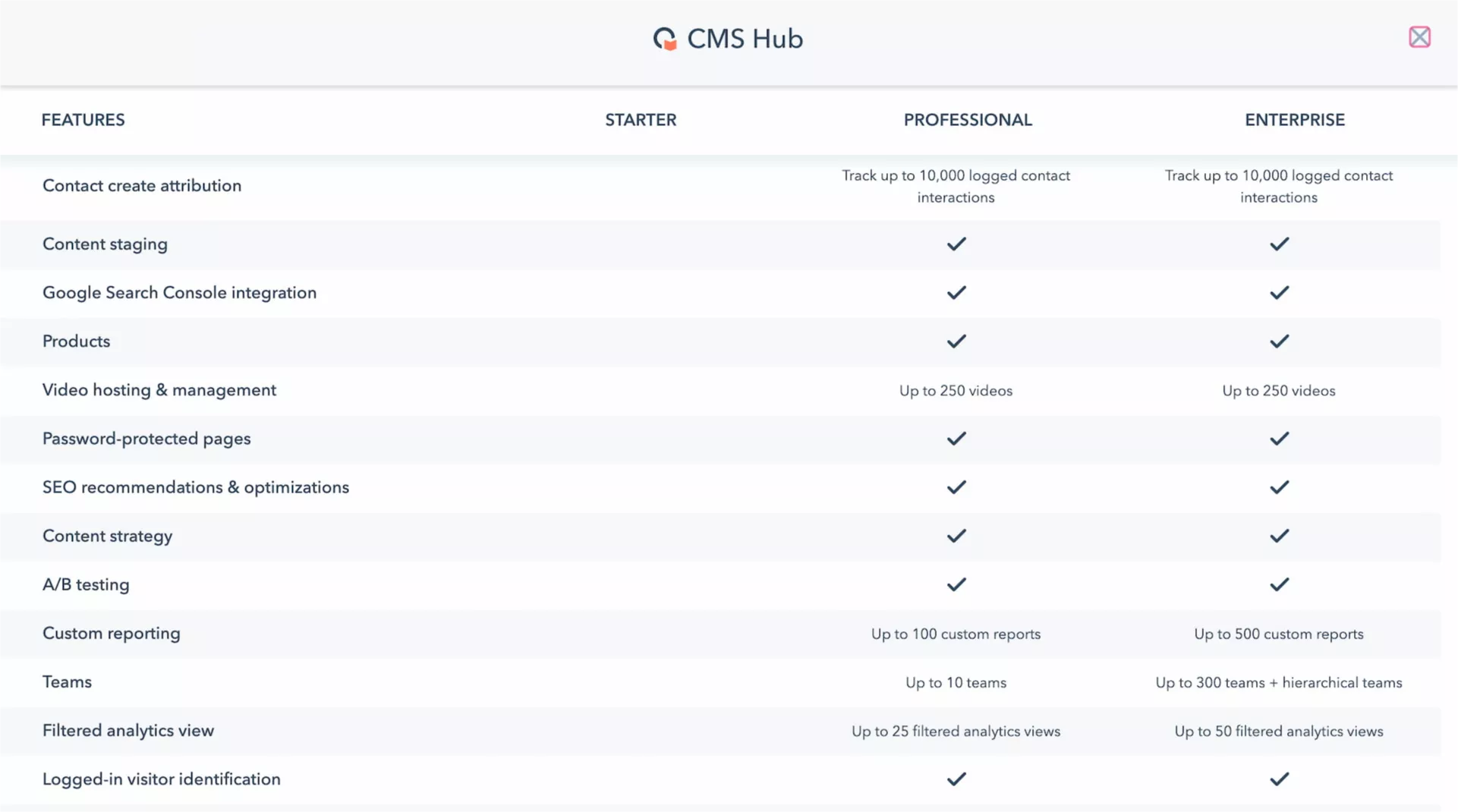
All packages include a 14-day free trial. You can learn more about differences in plans features here.
Pro Tip: You can get a discount if you work for a startup or a nonprofit through the HubSpot for Startups and HubSpot for Nonprofits programs.
We should say that you can find more affordable platforms to wrap things up. For example, the Webflow prices range from $15 to $235 per month, and Ghost – $9-$2,400 per month. But they won’t work that effectively for enterprises and companies that want a complex website structure.
Specifically, Ghost aims to create a primary site that’s simple to create and manage, and Webflow is suited for freelancer designers or agencies.
HubSpot CMS reviews
The CMS Hub overall rating is above 4 out of 5 on all websites. Thus, on G2 users gave the product 4.5, stressing that it’s intuitive and keeps everything in one place.
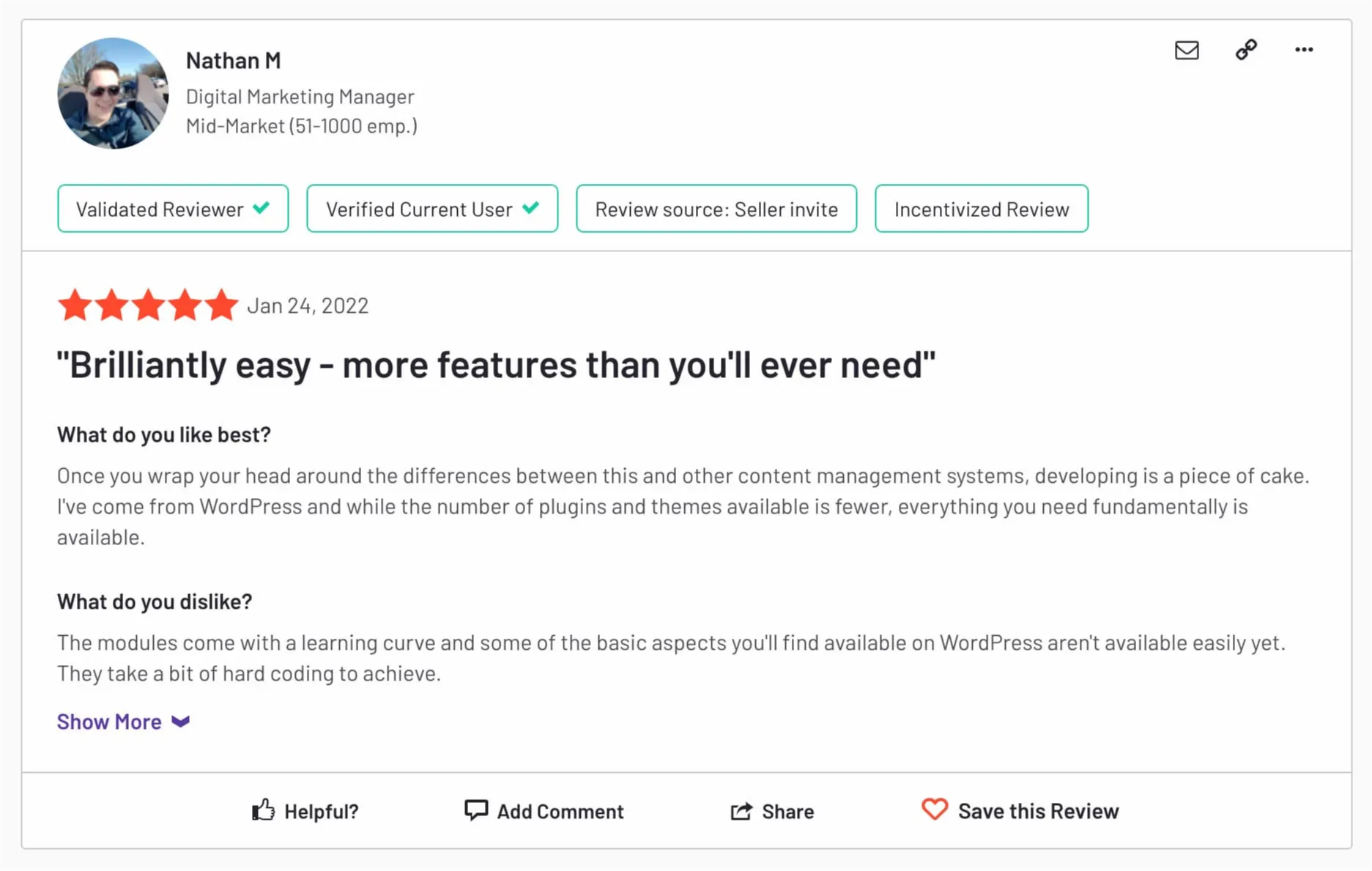
Among the most common drawbacks, people mentioned are the price, poor analytics, and limits of developer-built content. Users also highlighted that they’d like to see more features to help their content scaling.
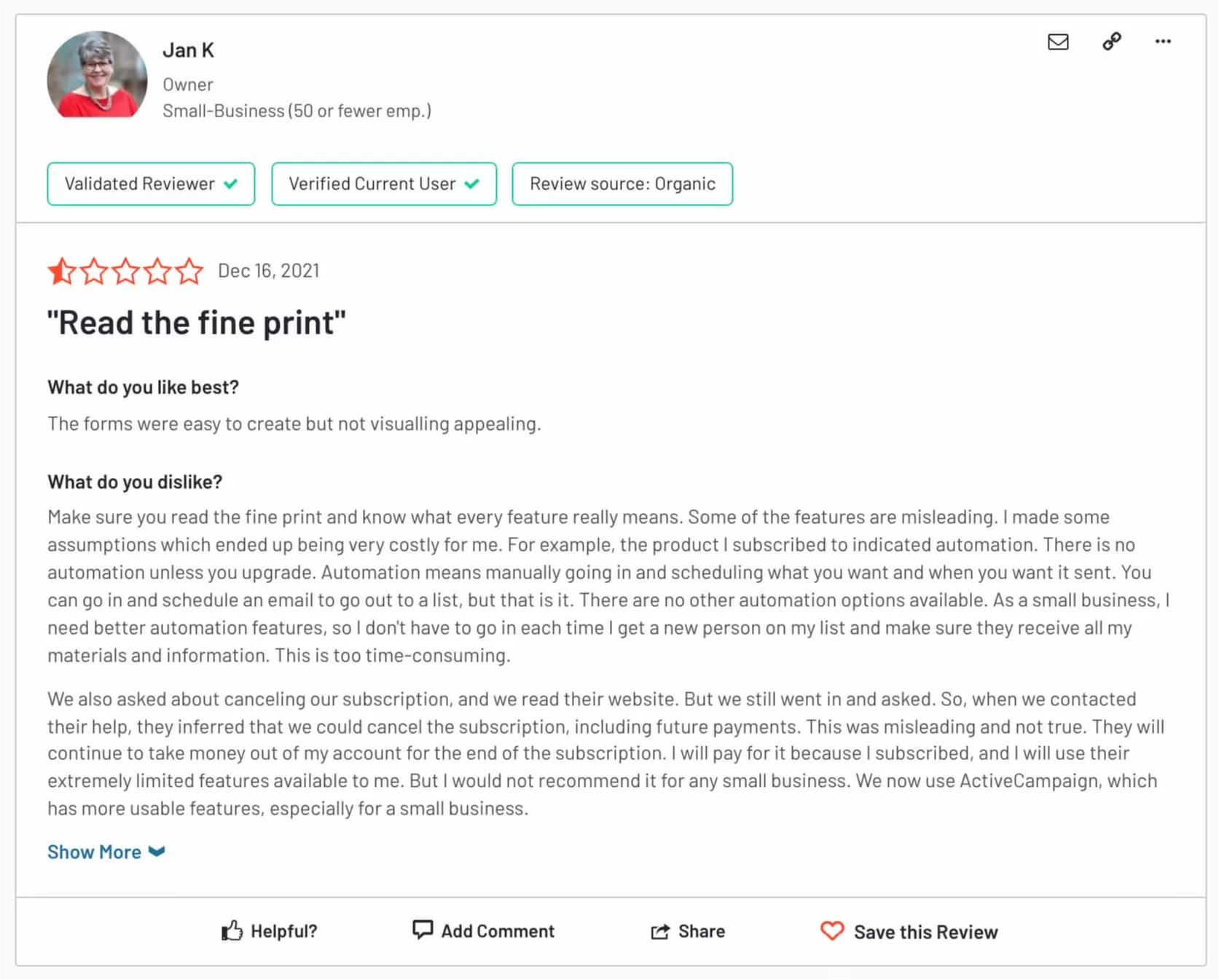
Summing Up
HubSpot CMS Hub is user-friendly, easy to use and navigate, and has a broad functionality compared with other providers. It comprehends web design, lead generation, list segmentation, etc.
The landing pages are 100% customizable, giving you a much greater chance of converting visitors into potential customers. This is great because it can help you get rid of unnecessary tools you’re currently using.
To end the case, we encourage you to be ready to constantly learn the platform and pay attention to features’ descriptions so you wouldn’t have been misled and disappointed.
Have more questions? Did we miss one that you’re just dying to know the answer to? Let us know by leaving the comment below or emailing at contact@synebo.io.










